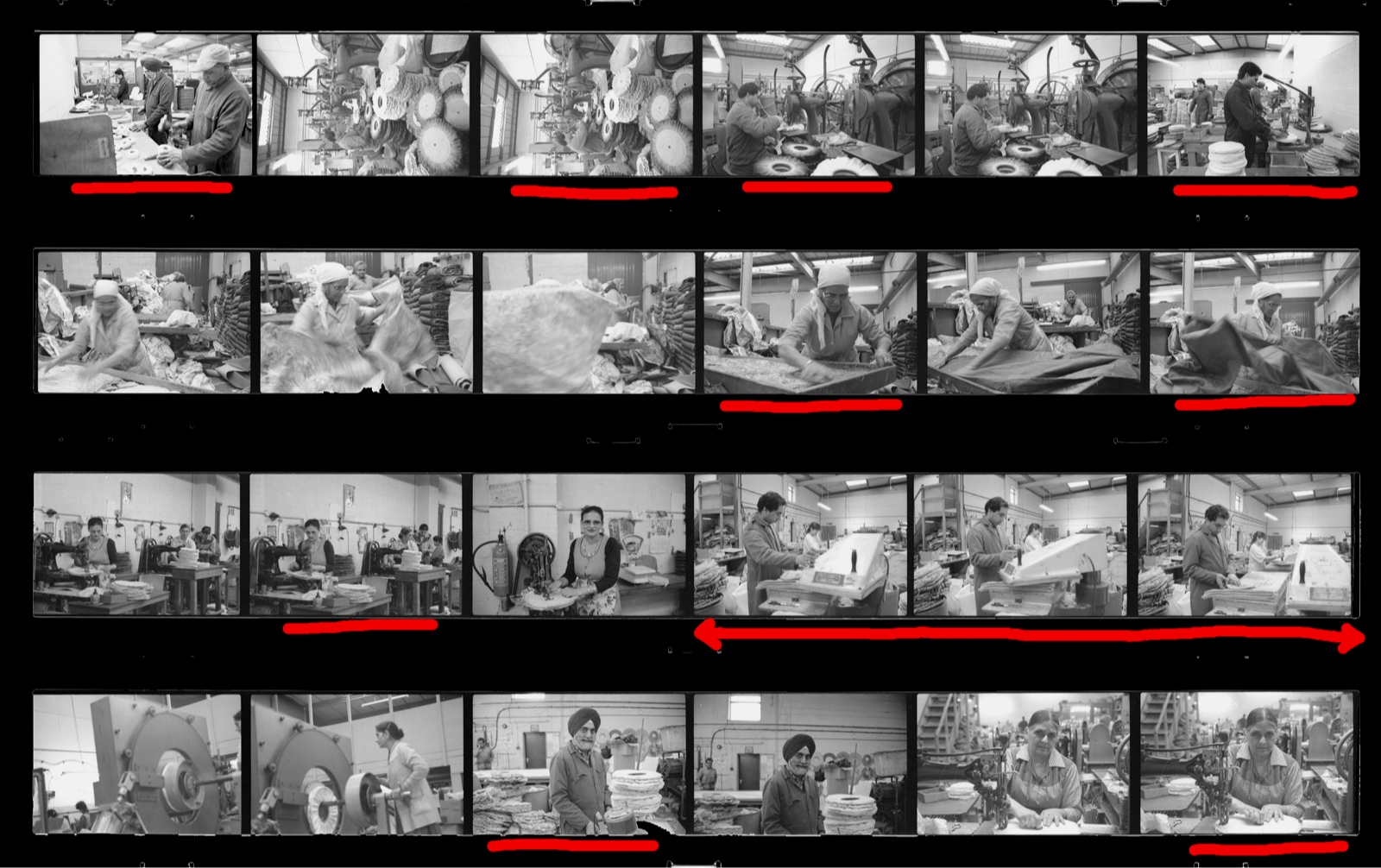
Selected photographs for final edit marked in red
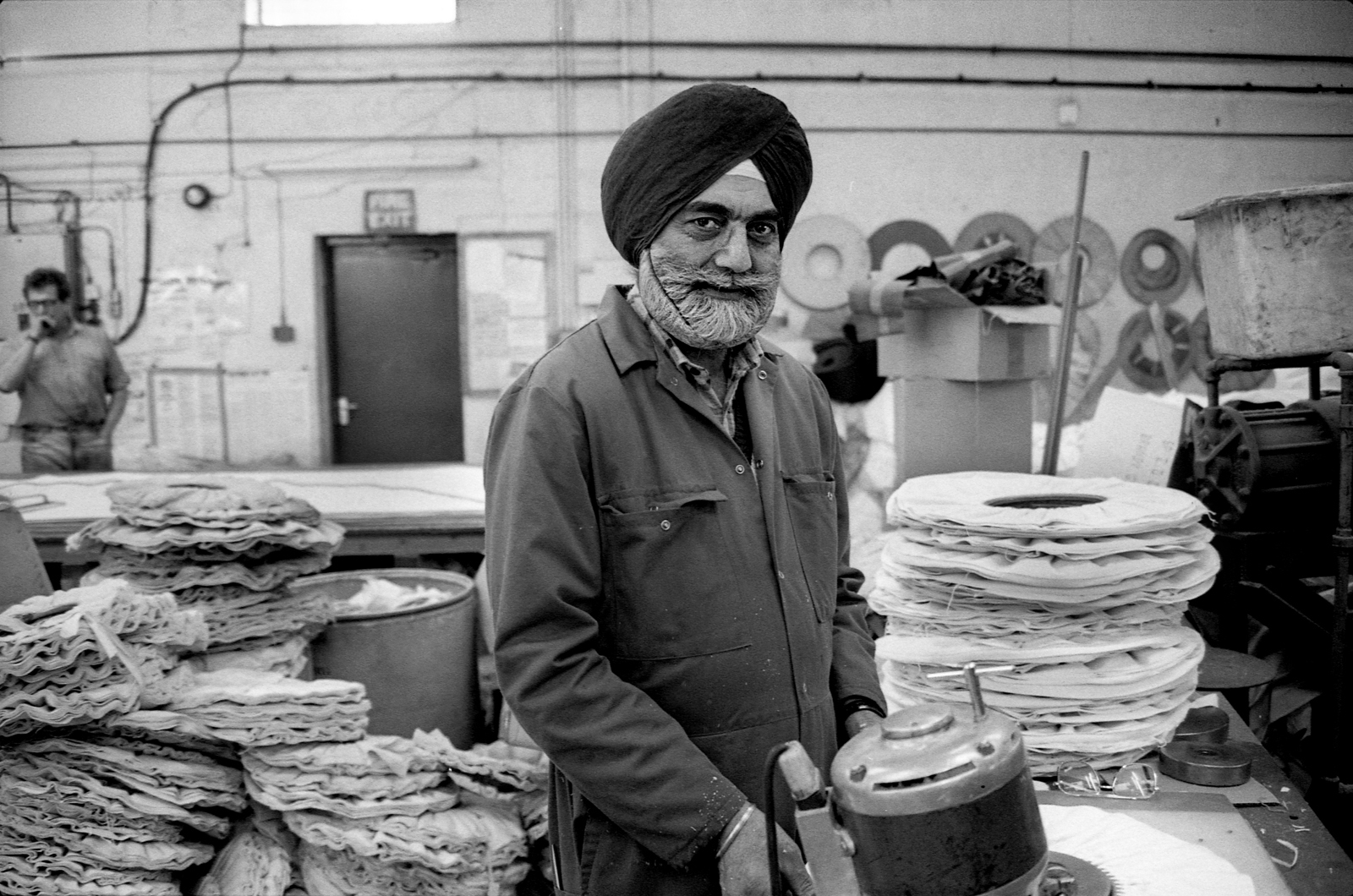
Tarsem Singh that pictured here with machinery that tests industrial mopps for quality control.
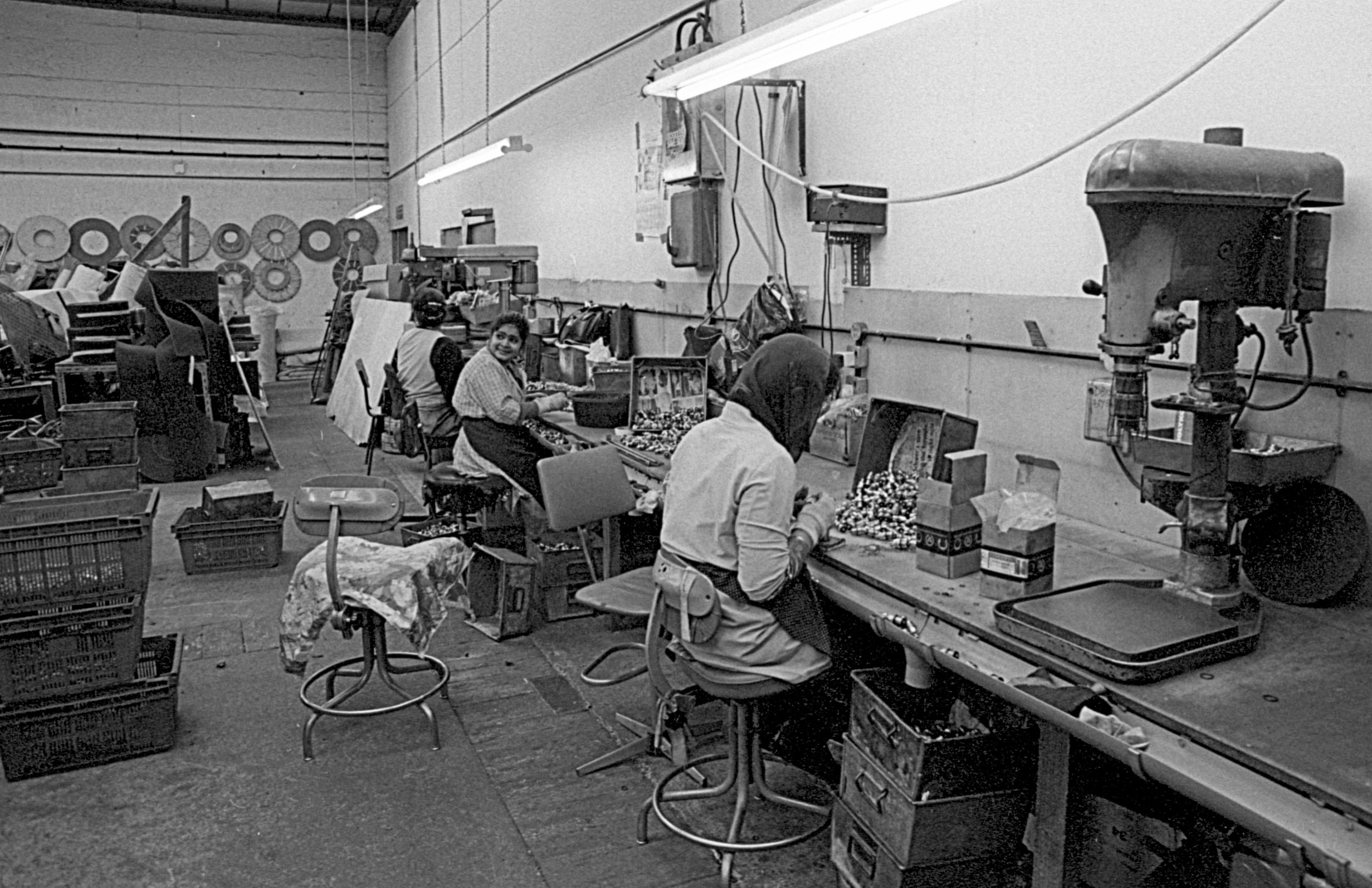
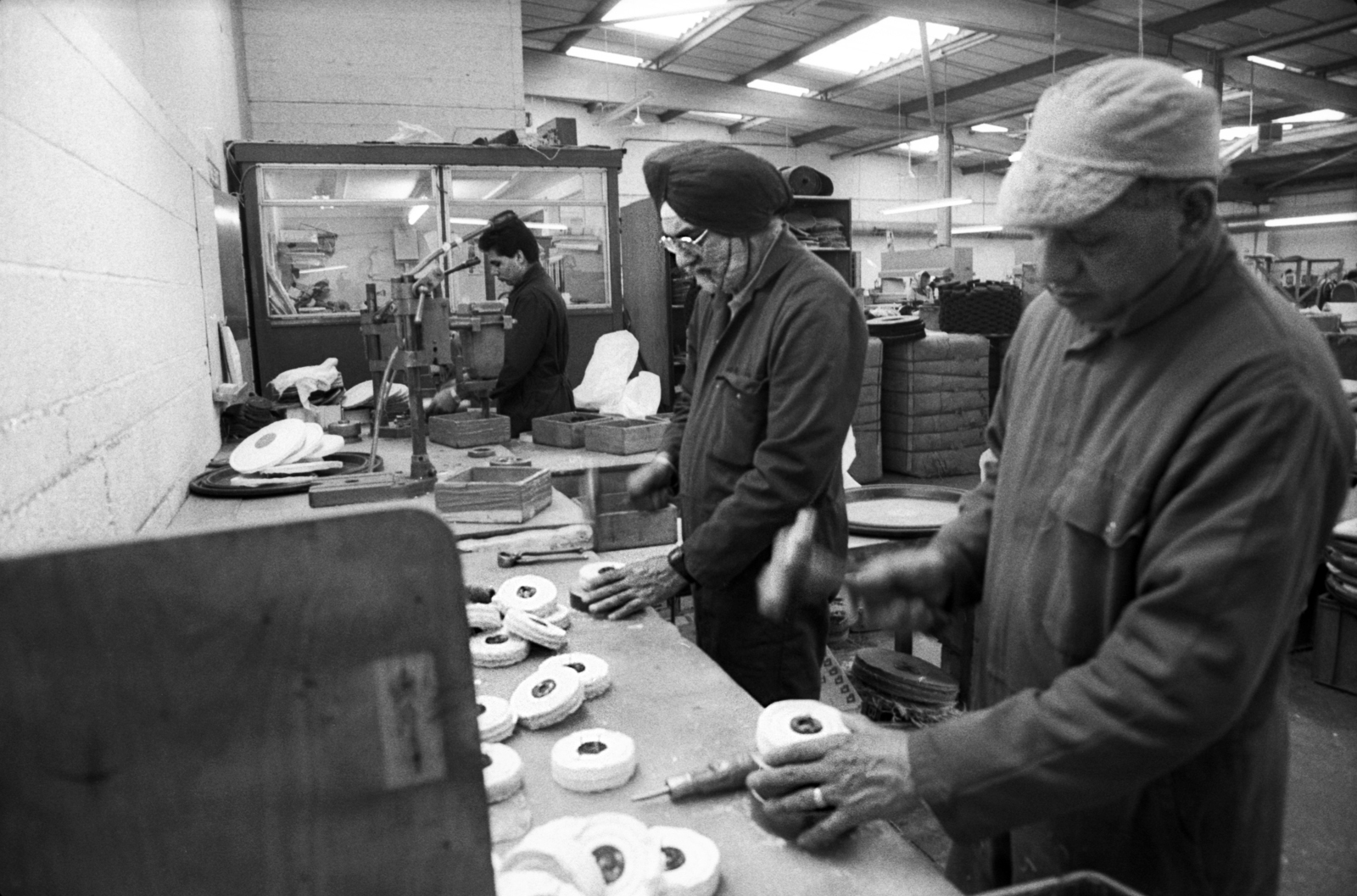
Tarsem Colleagues mounting plastic fixings inside small industrial mopps.
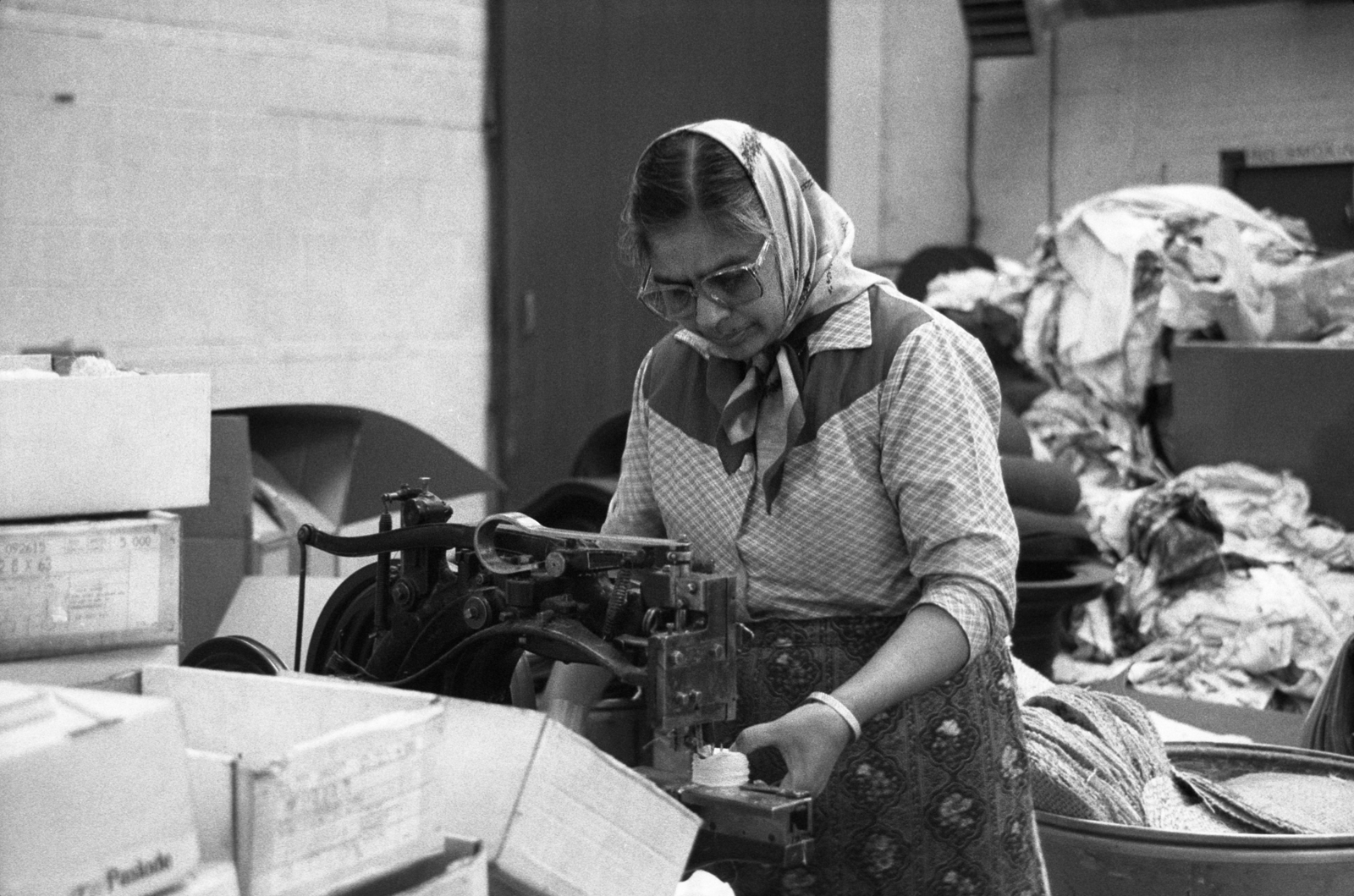
Gurnam sowing small industrial mops for plating machinery.
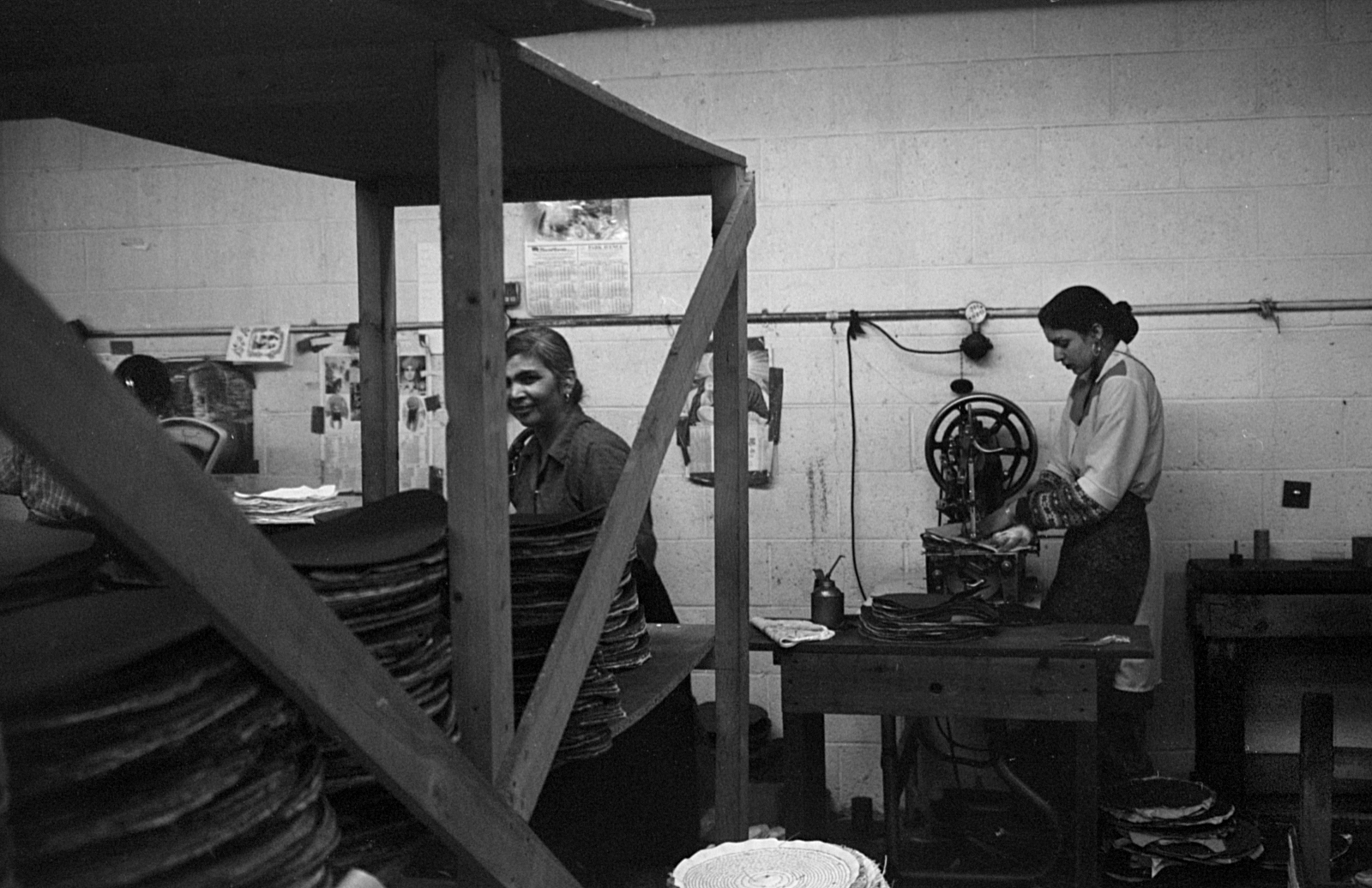
Harbans Kaur known as ‘Banso’ trying to hide from the photographer.
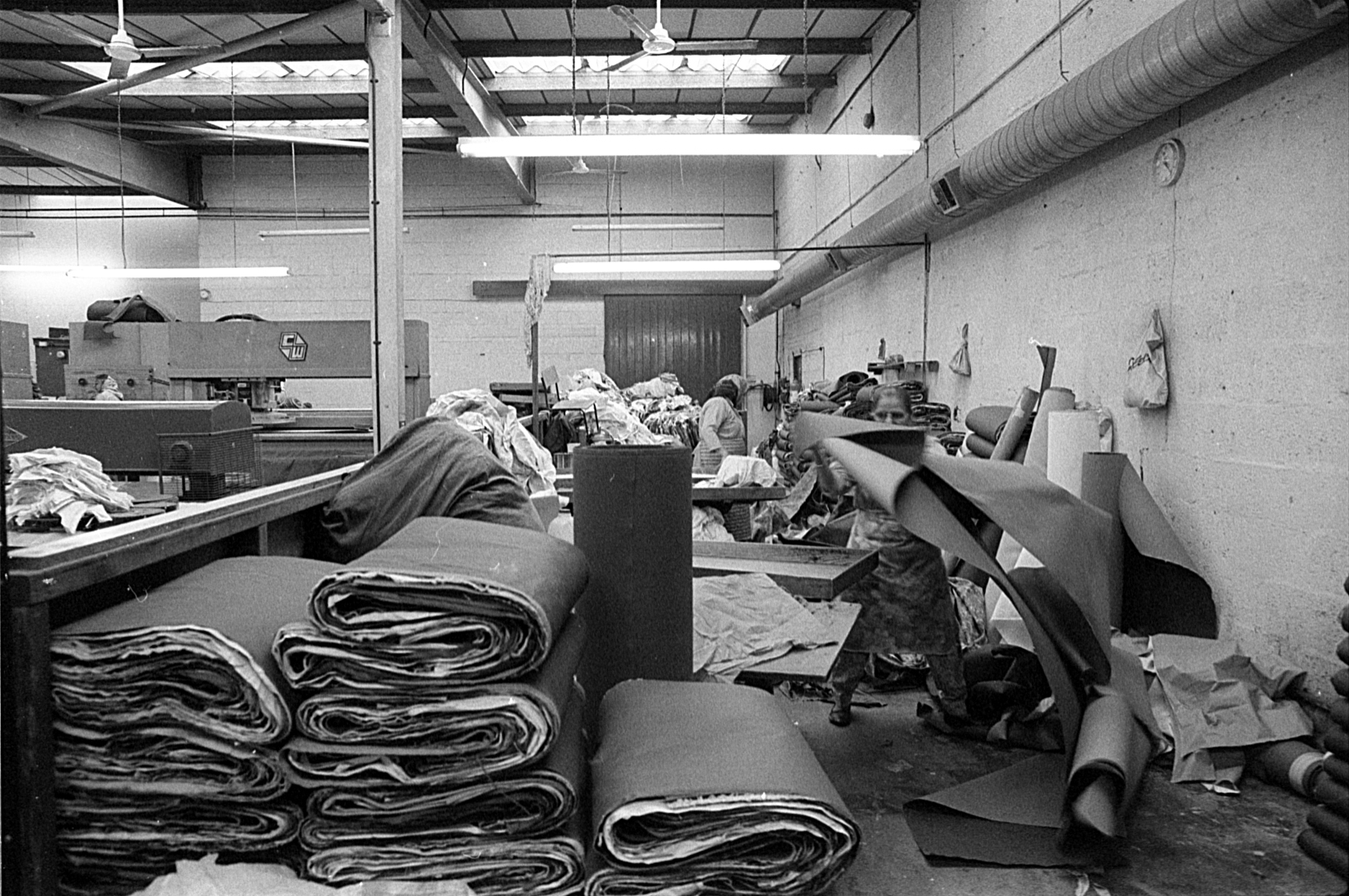
Shetal Kaur aerobically prepares material for cutting as part of manufacture of industrial mopps.
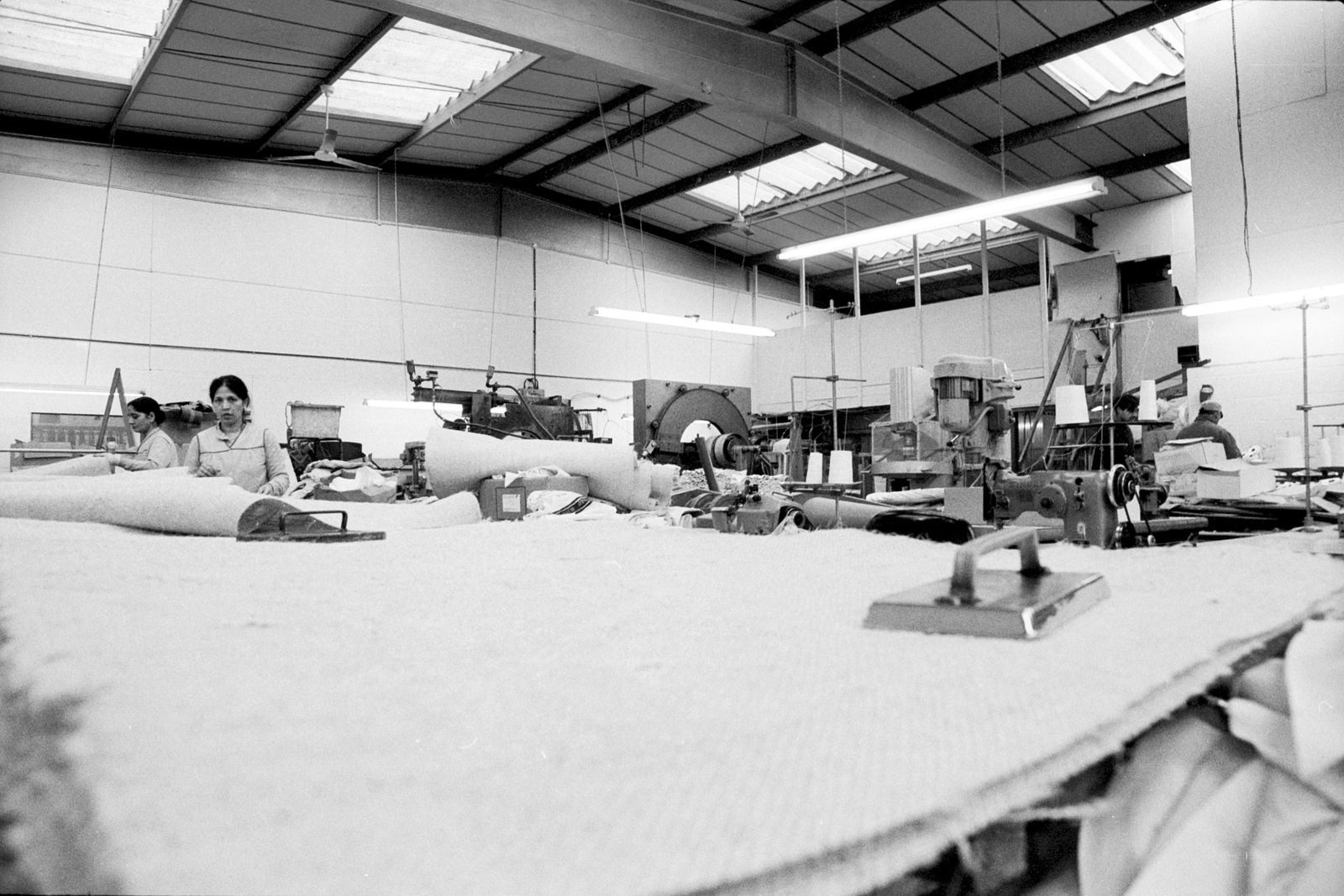
Material is rolled out ironed and checked ready for machine cutting into various sized industrial mopps.
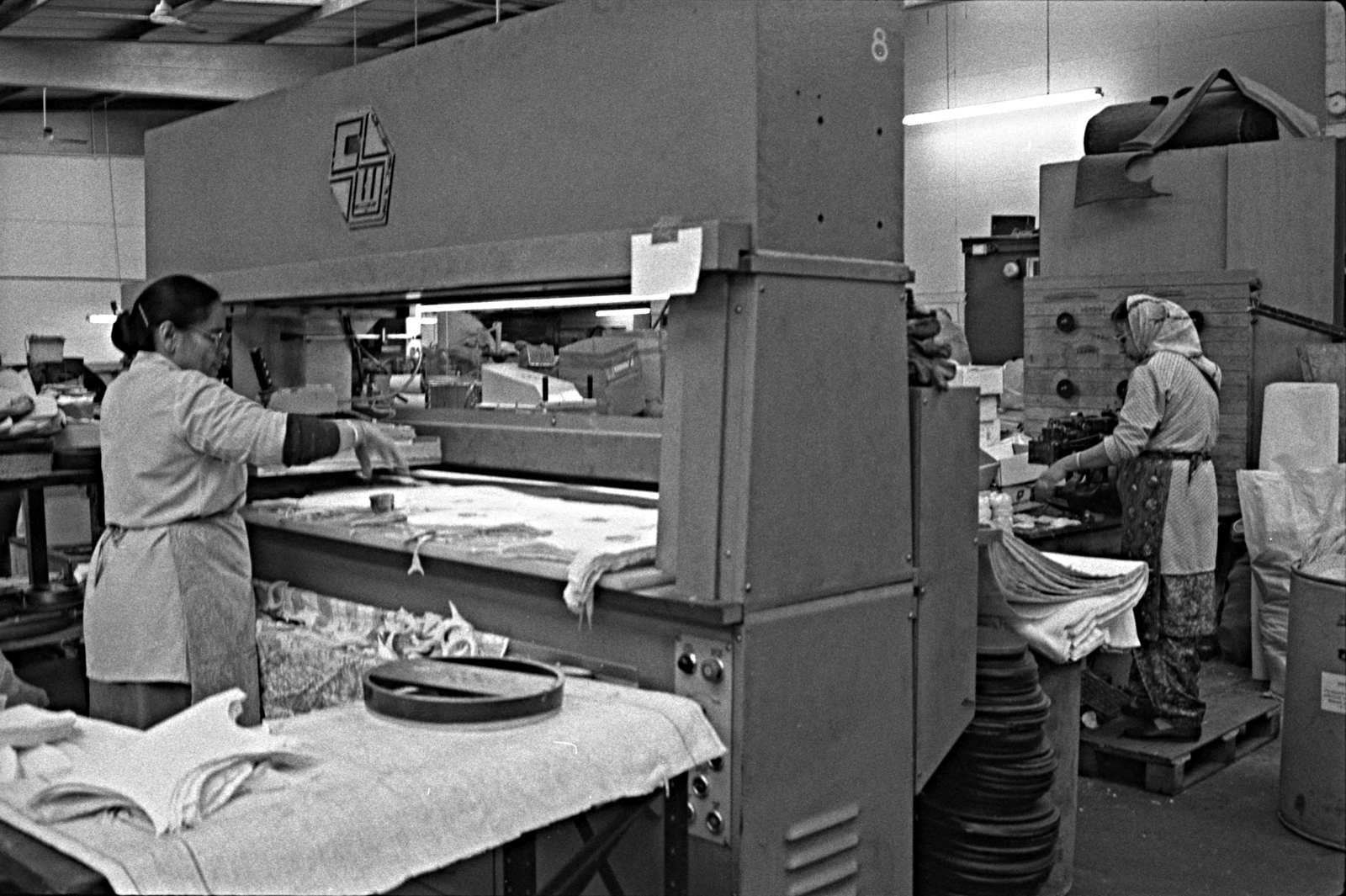
Baljit and Gurnam prepare machinery and cut and prepare industrial mopps to size.
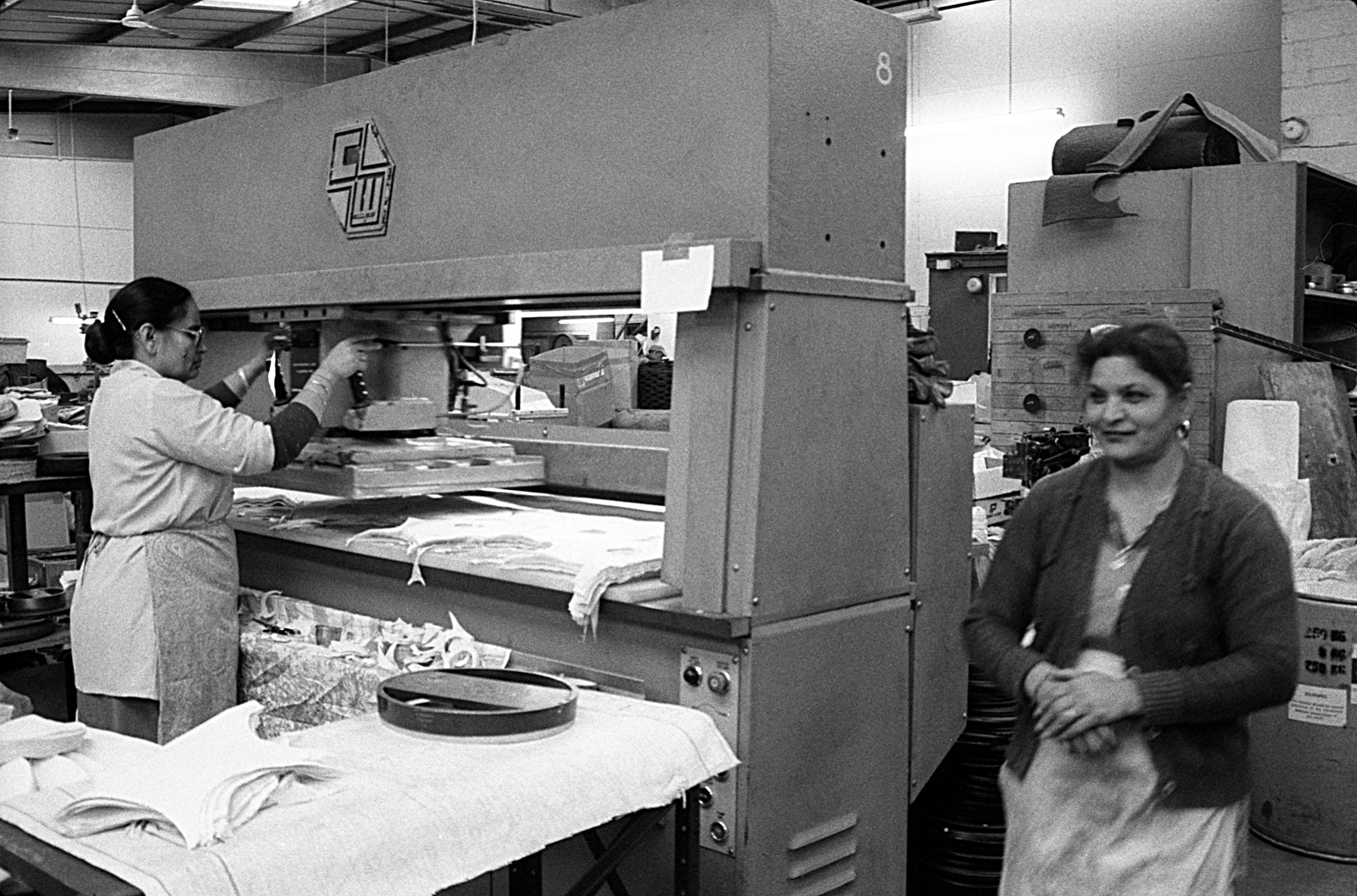
Baljit Kaur operates plant machinery to cut large scale industrial mopps while Manjit Kaur moves around the shop floor from one job to another.
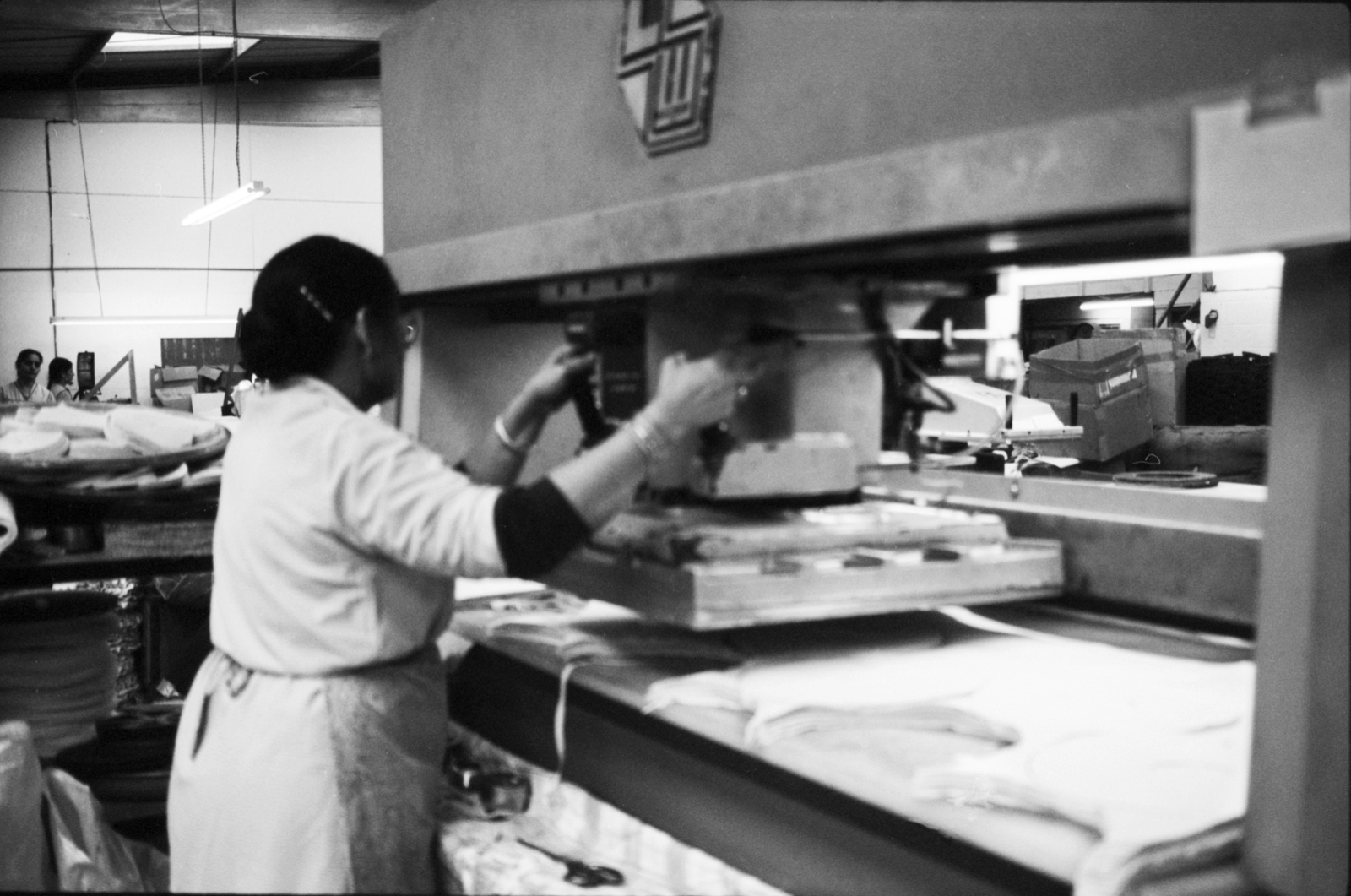
Balwant Kaur operates machinery for cutting various materials for a circular mopp. The mops then are sold on to clients worldwide.
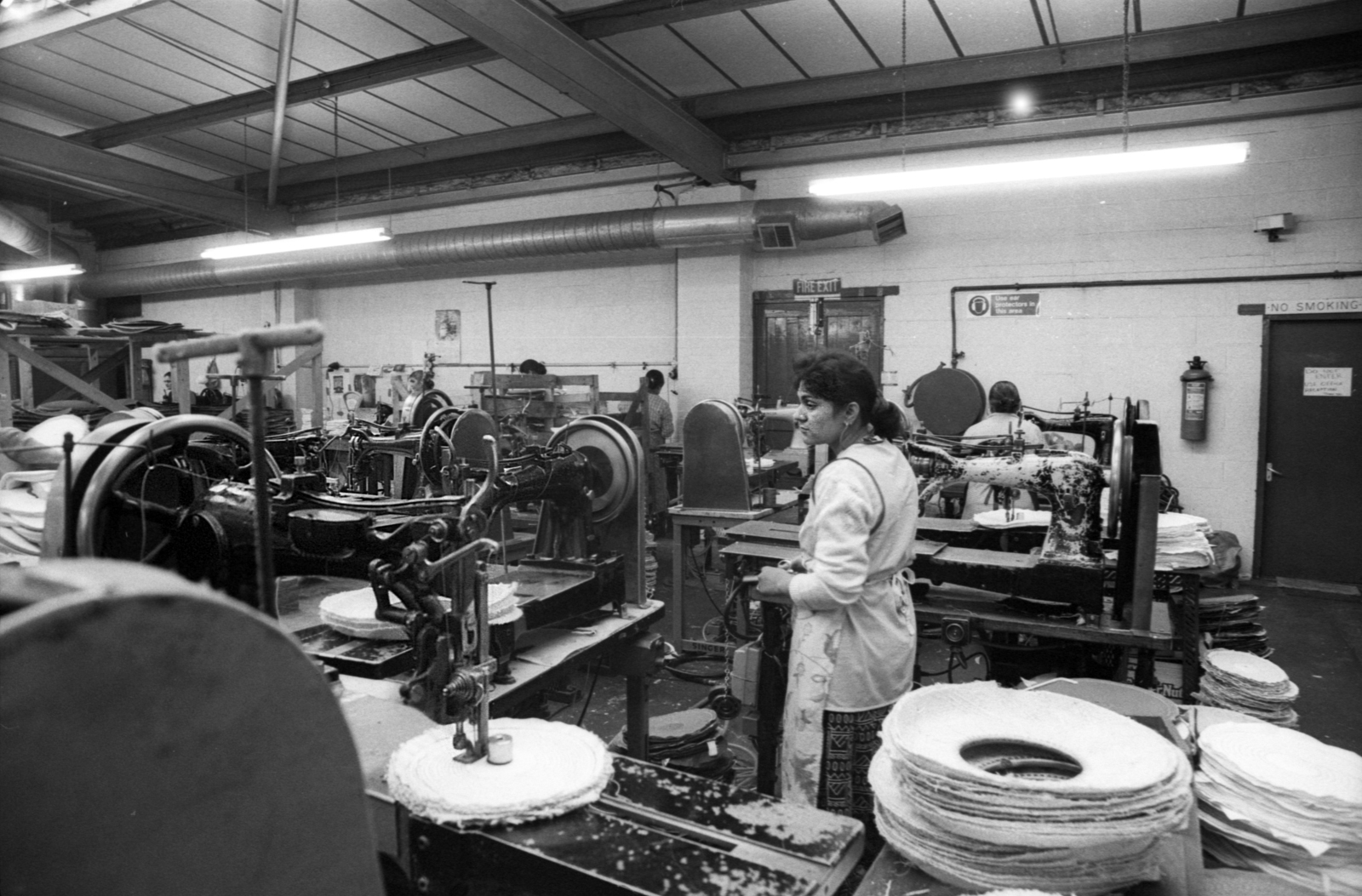
Narinder Kaur operating various machinery to stitch mopps made from various materials.
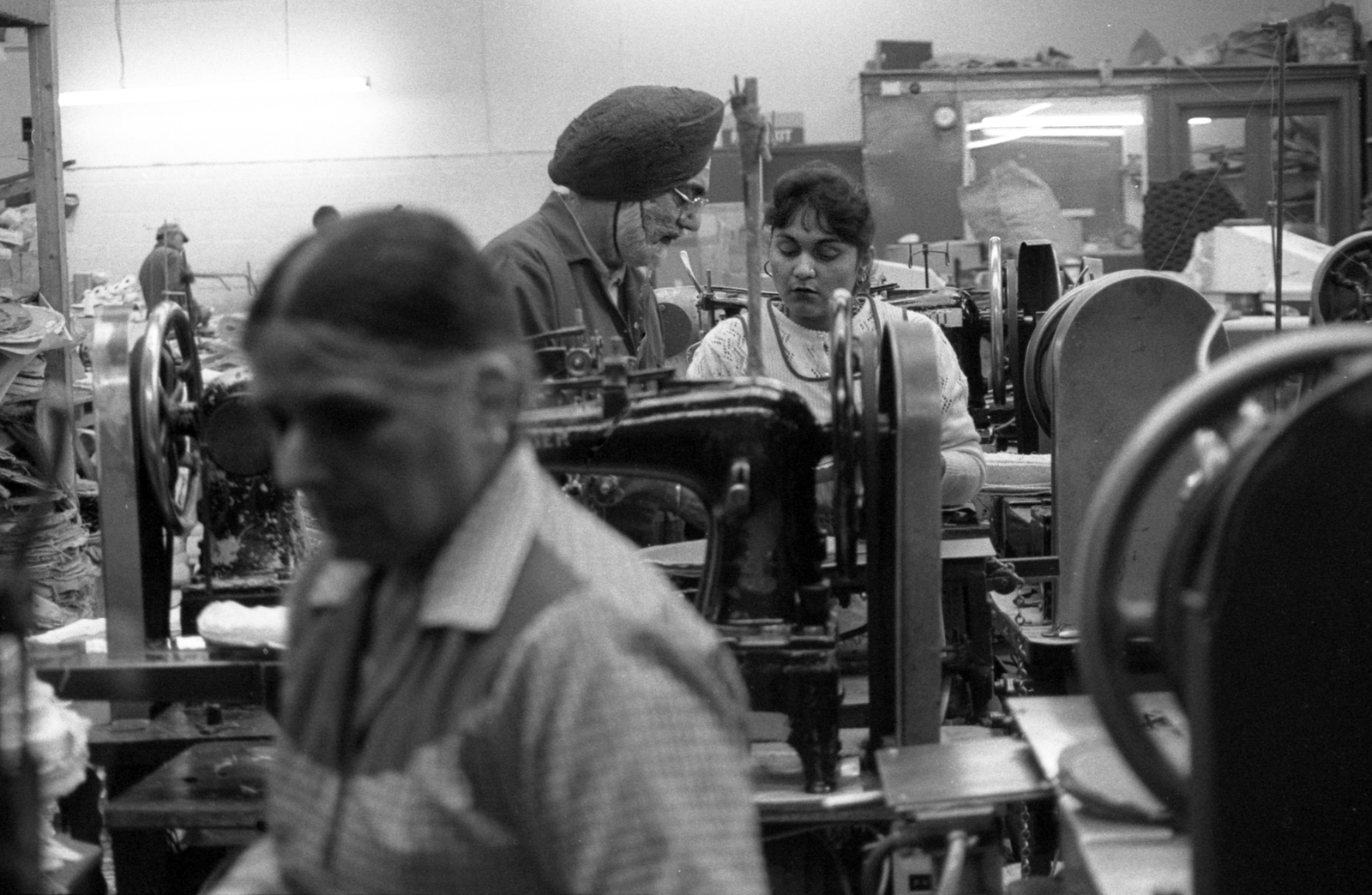
Tasrem Singh and Narinder discuss job requirement for a mopp stitch.
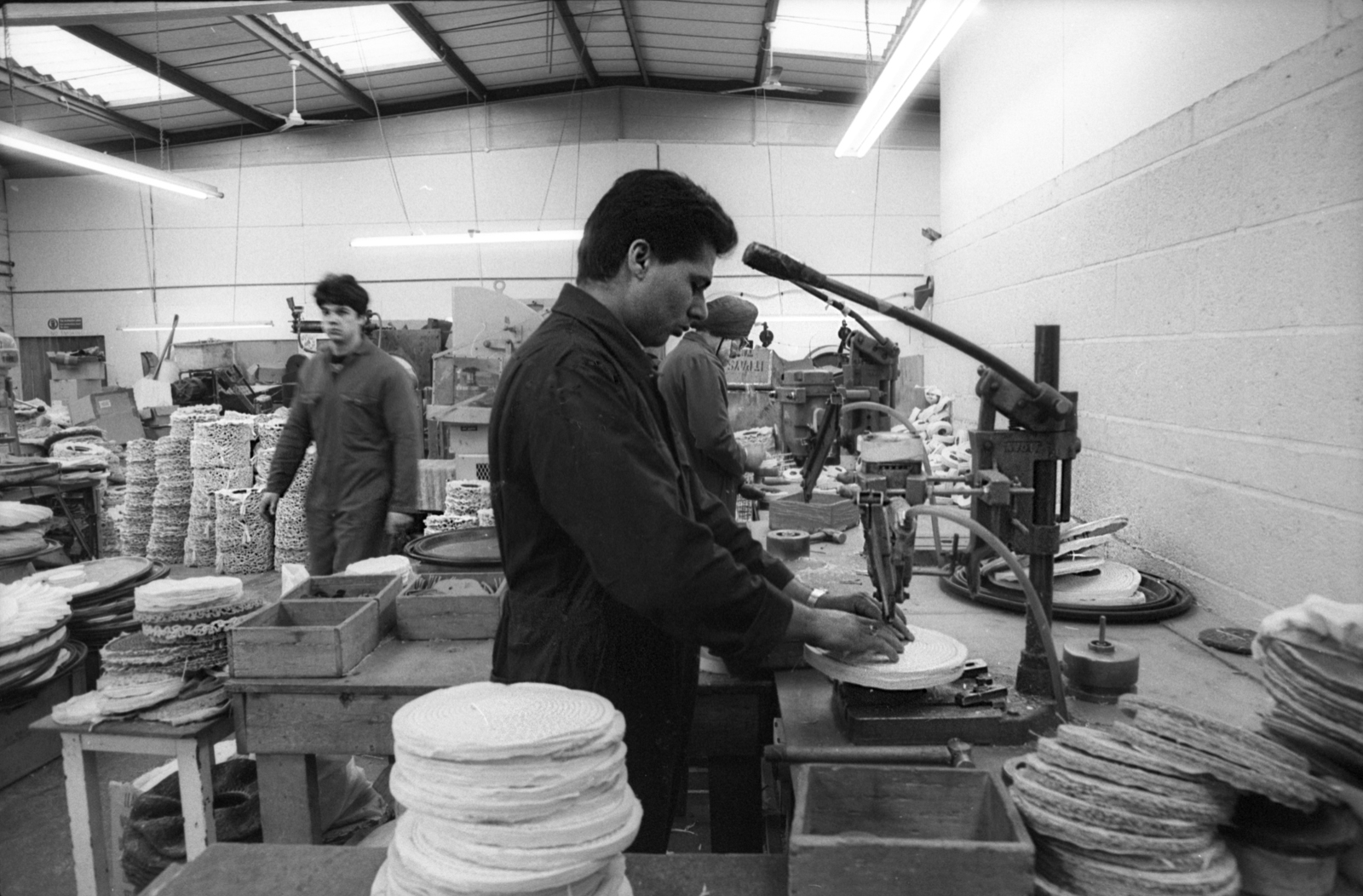
During the manufacturing heyday many Punjabi migrants from the 1960s-80s all worked in factories like this one across the Black Country.
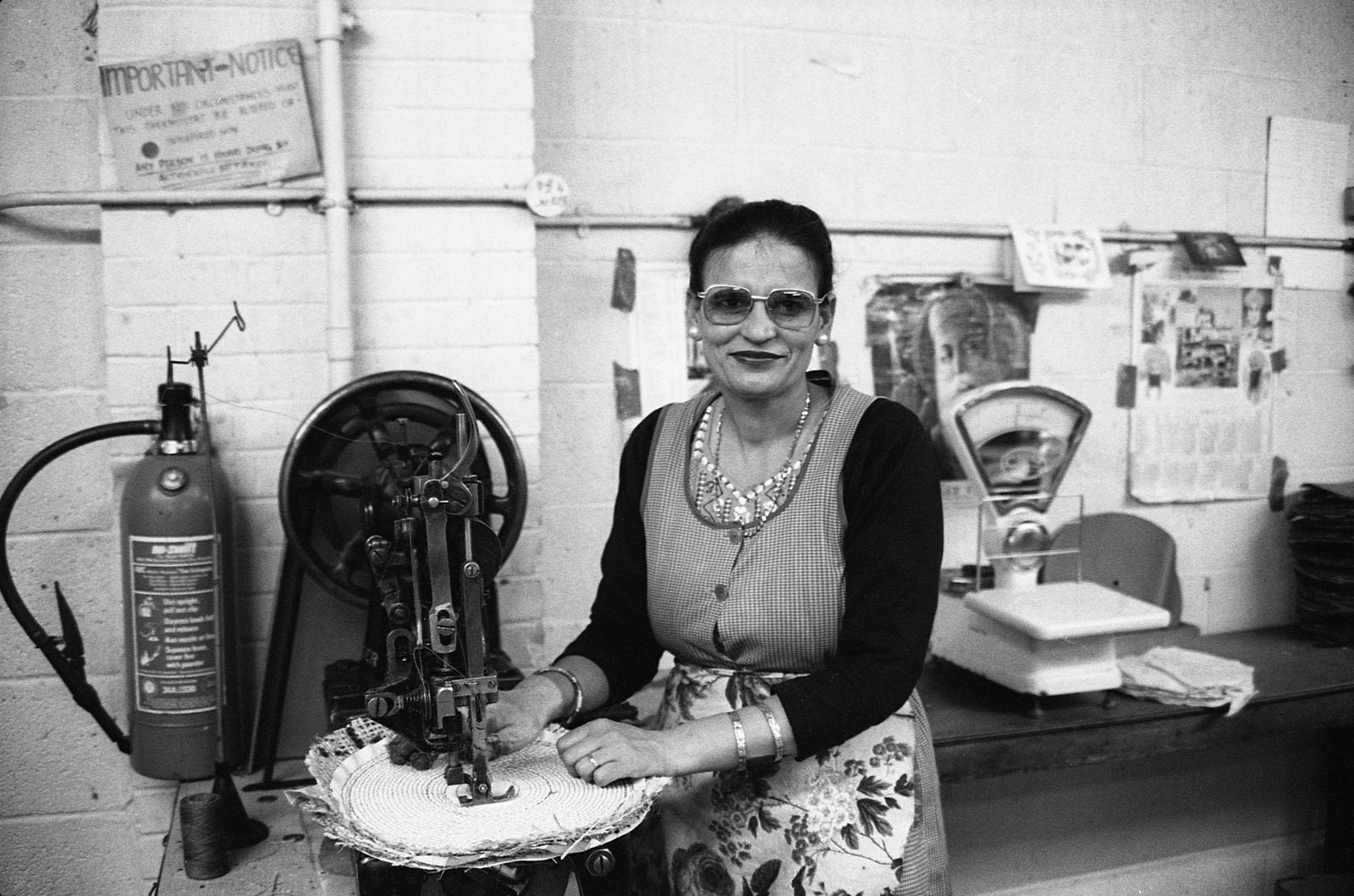
Shetal Kaur has her portrait taken while stitching and preparing mopps.
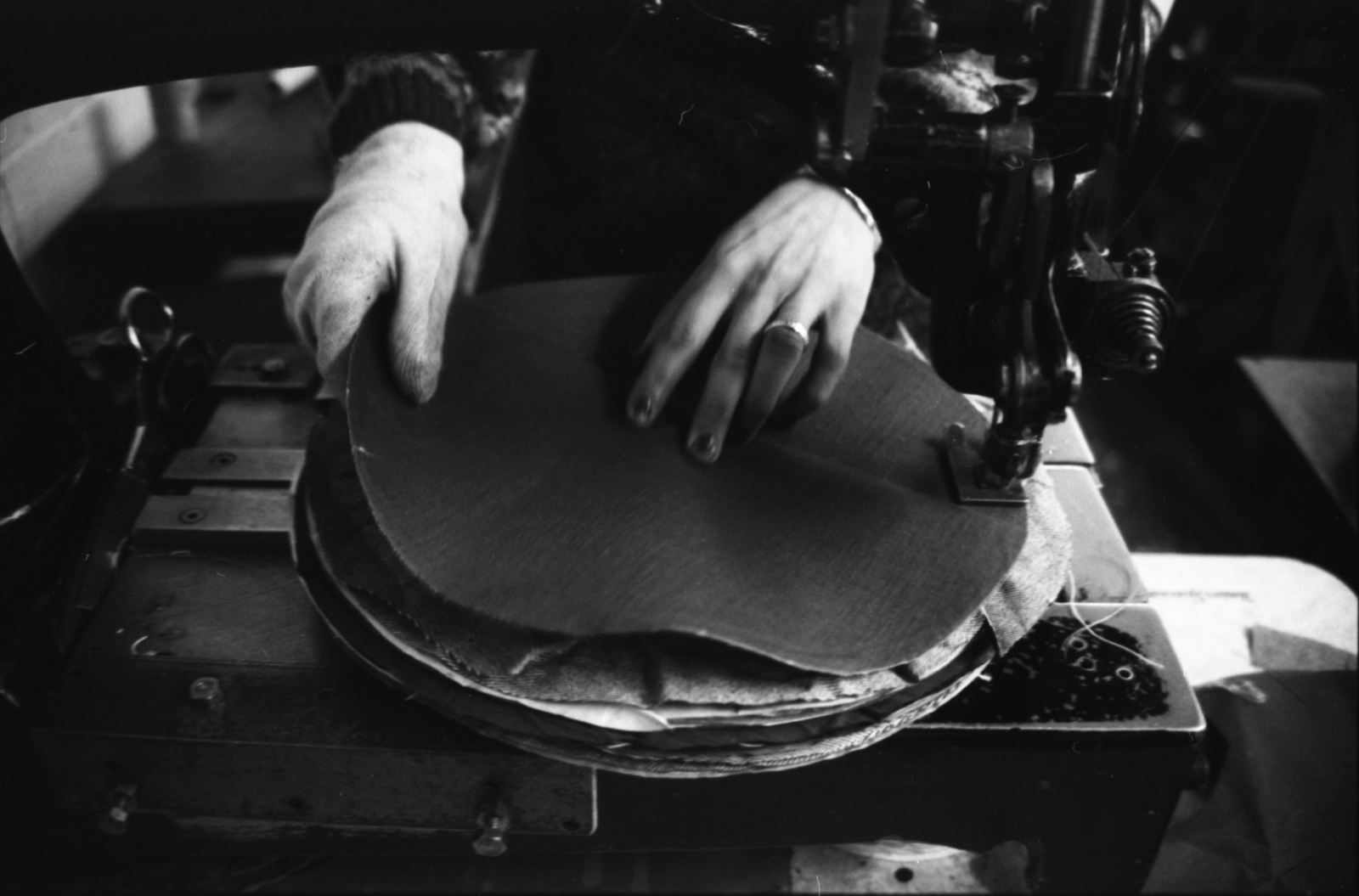
Shetal Kaur on an industrial SINGER machine stitching the various layers for industrial mopps.
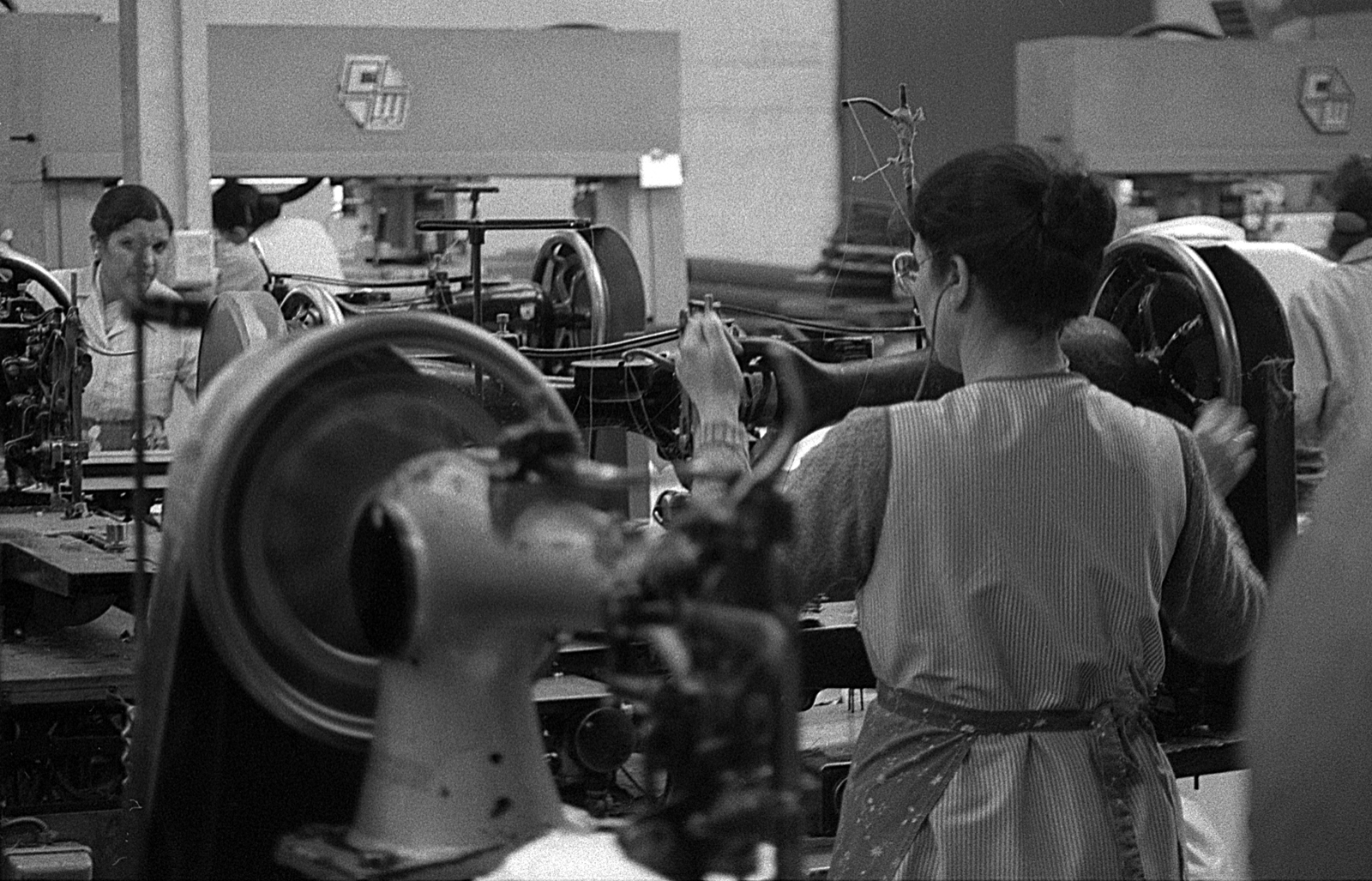
Working on sewing machines largely worked by asian ladies

Punjabi migrants worked in factories like this all over the Black Country from 1960s onwards.
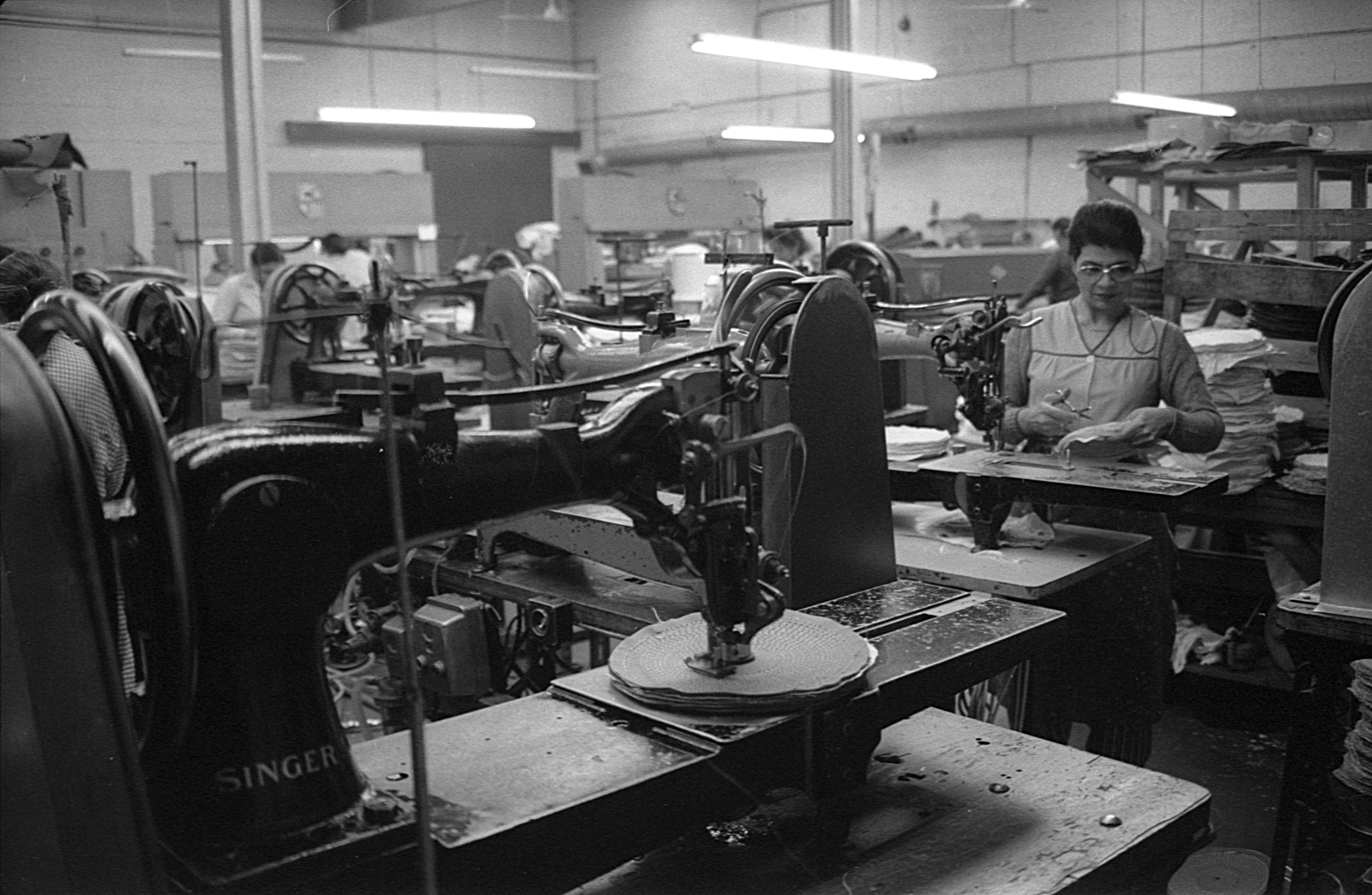
Savitri Chhabra works on boring and cutting and preparing for the mopps which will eventually fit on a clients polishing machinery .
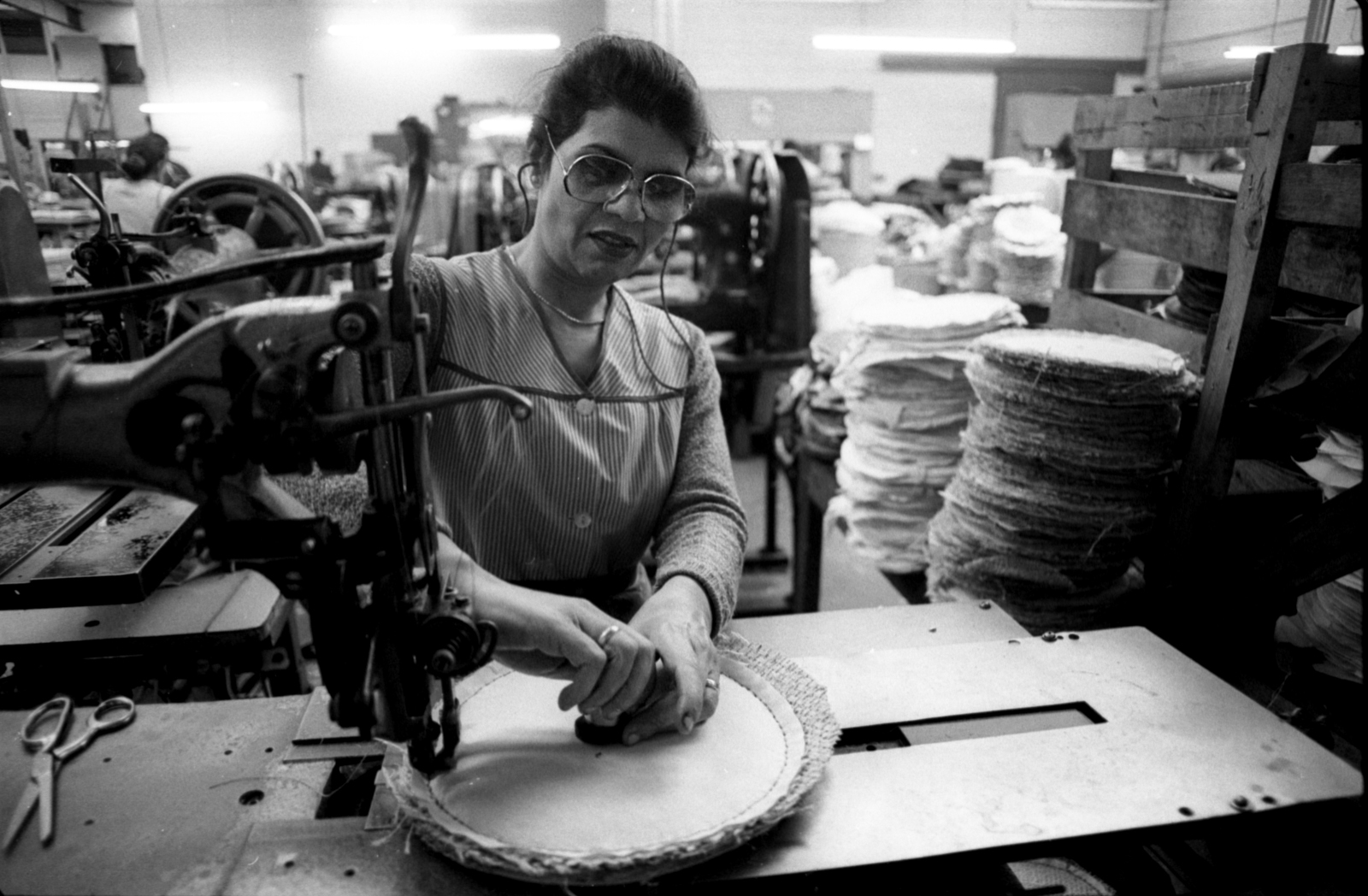
Savitri Chhabra works on fitting a ratchet that will bore holes into the mopps
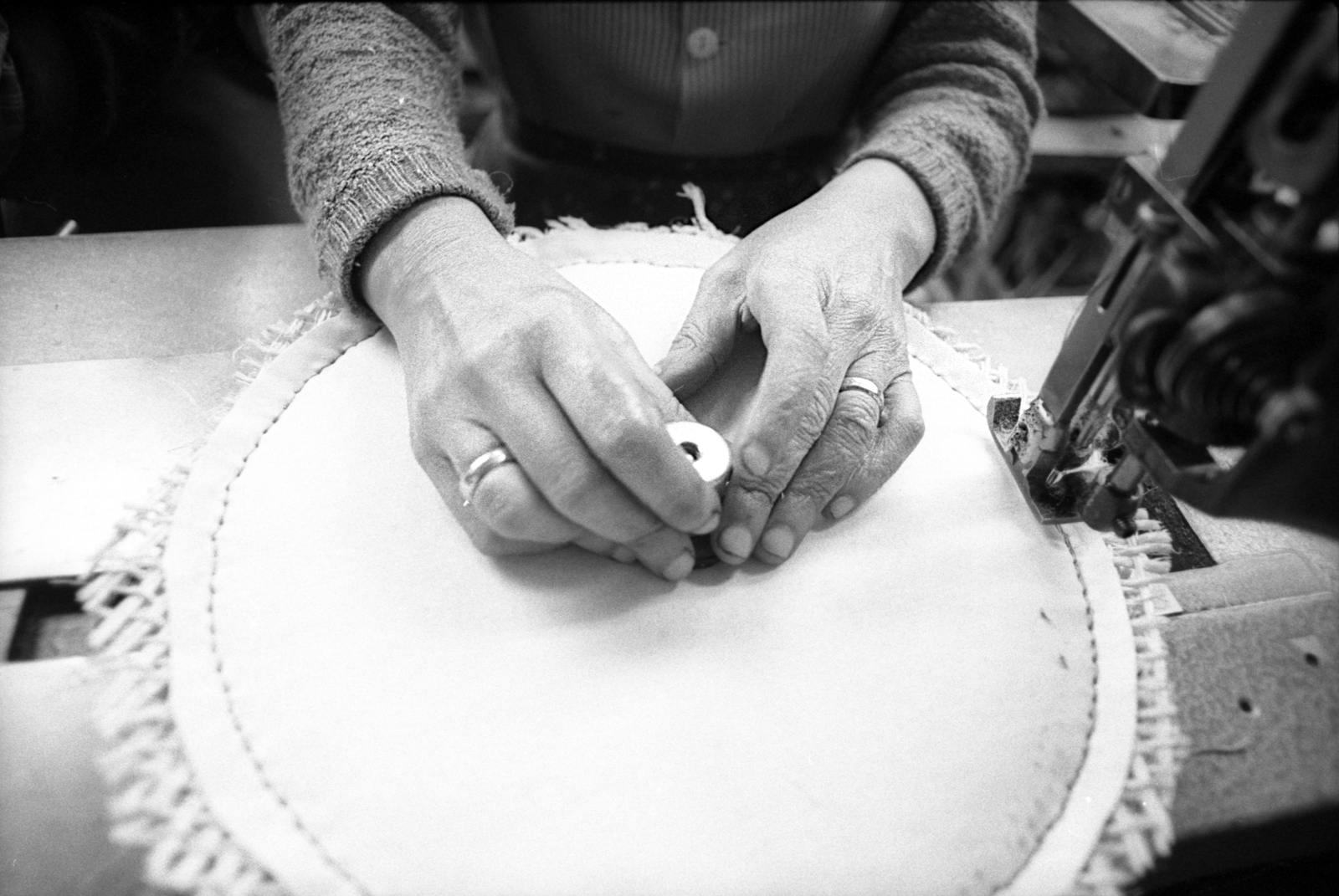
Savitri Chhabra fits an 8 mm ratchet for machinery to drill a hole into the mopp.
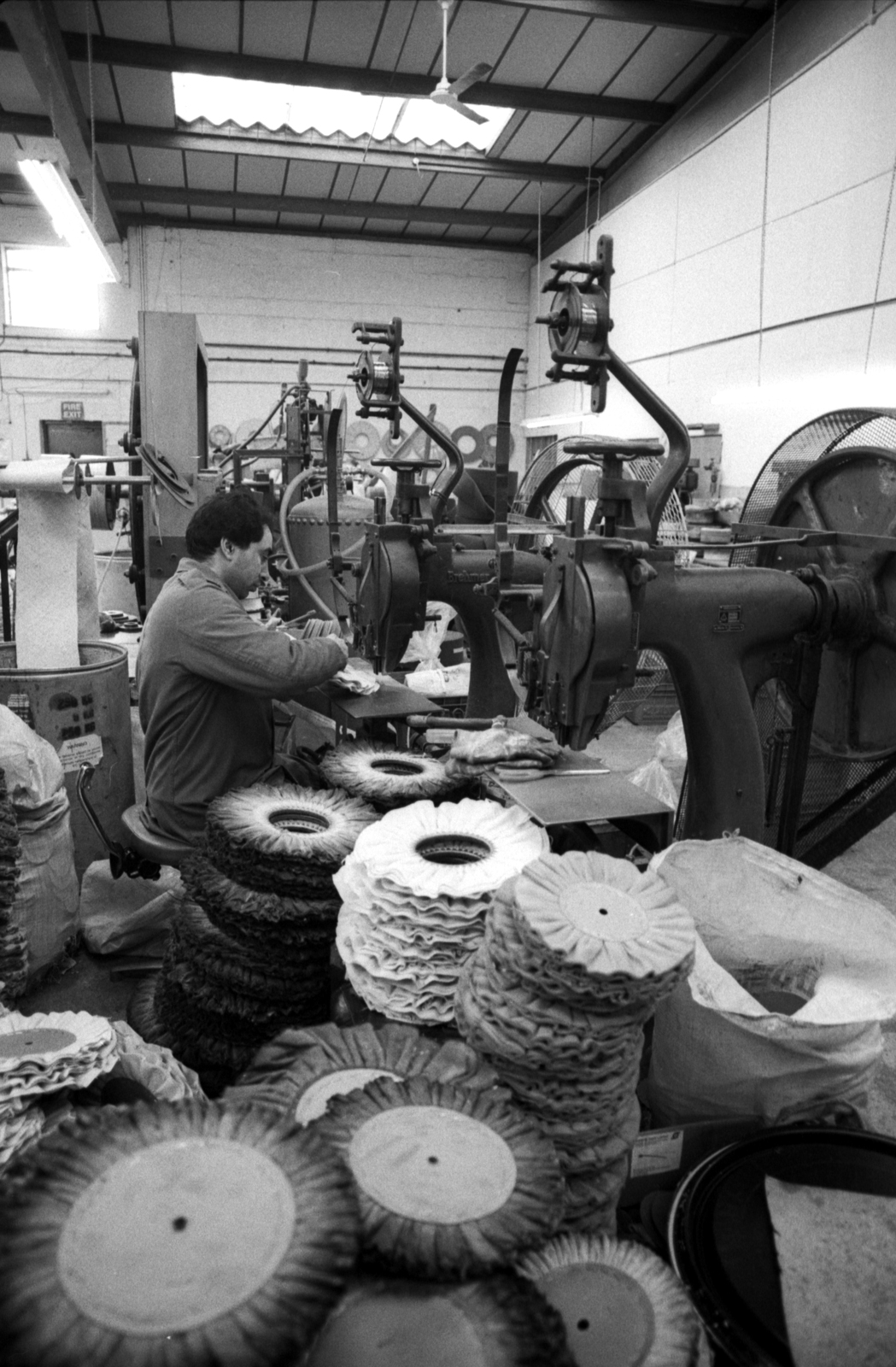
Gurmuk surrounded by mopps for stitching on various machinery.
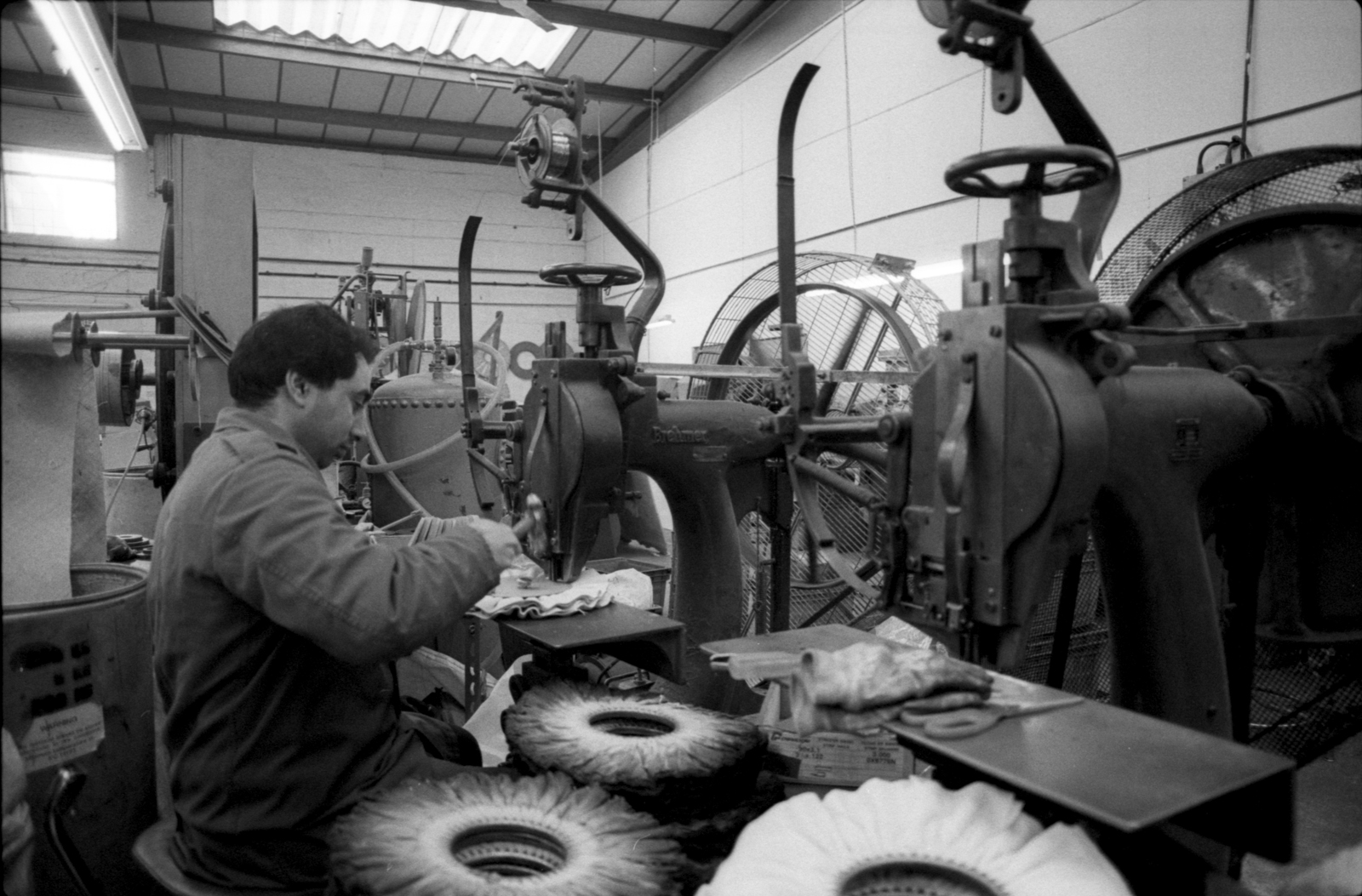
Gurmuk prepares finishes touches and also worked as a machine polisher.
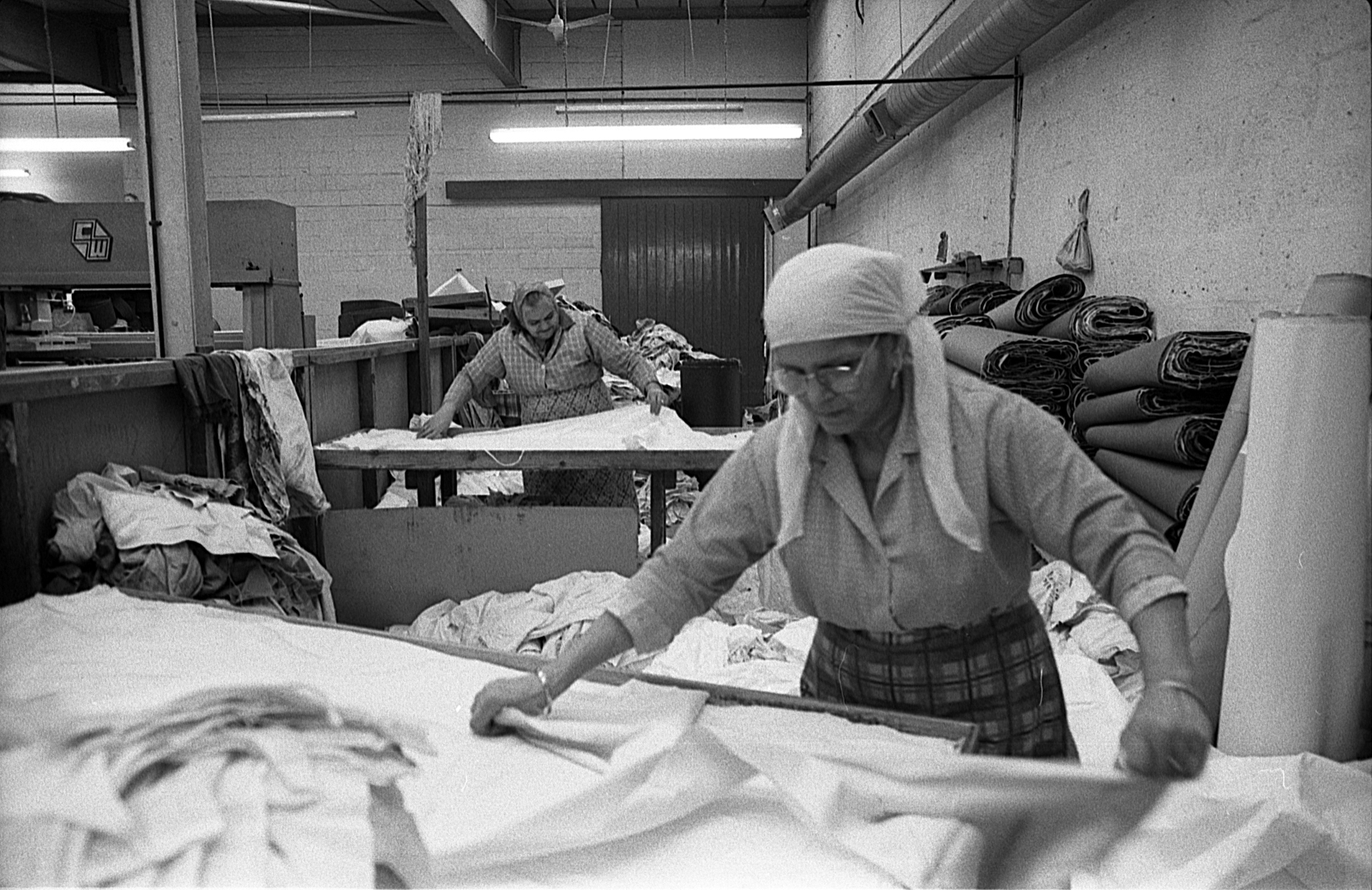
Mrs Kaur and colleague cuts from different types of material to specific sizes in order to start production for mopps.
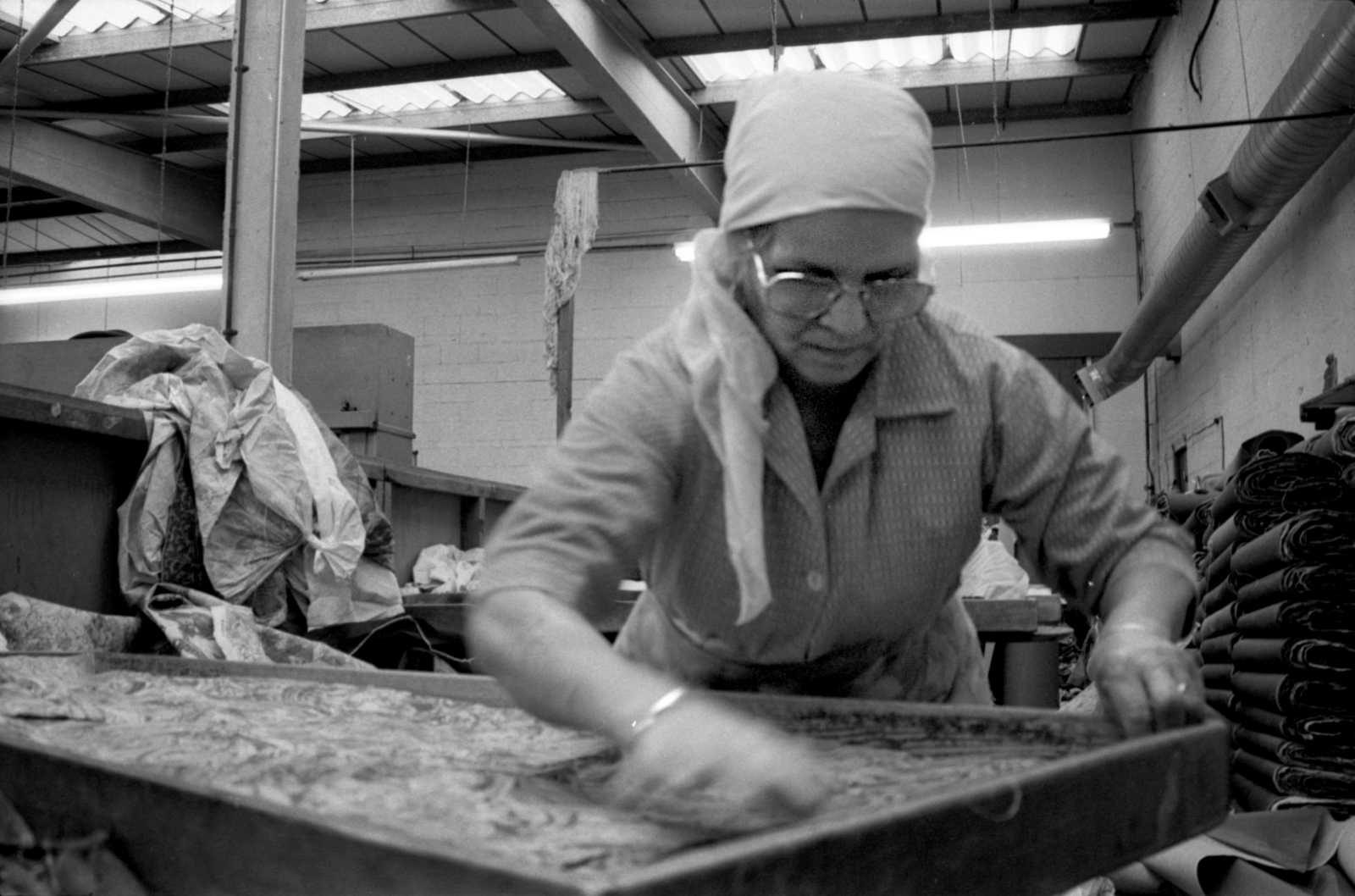
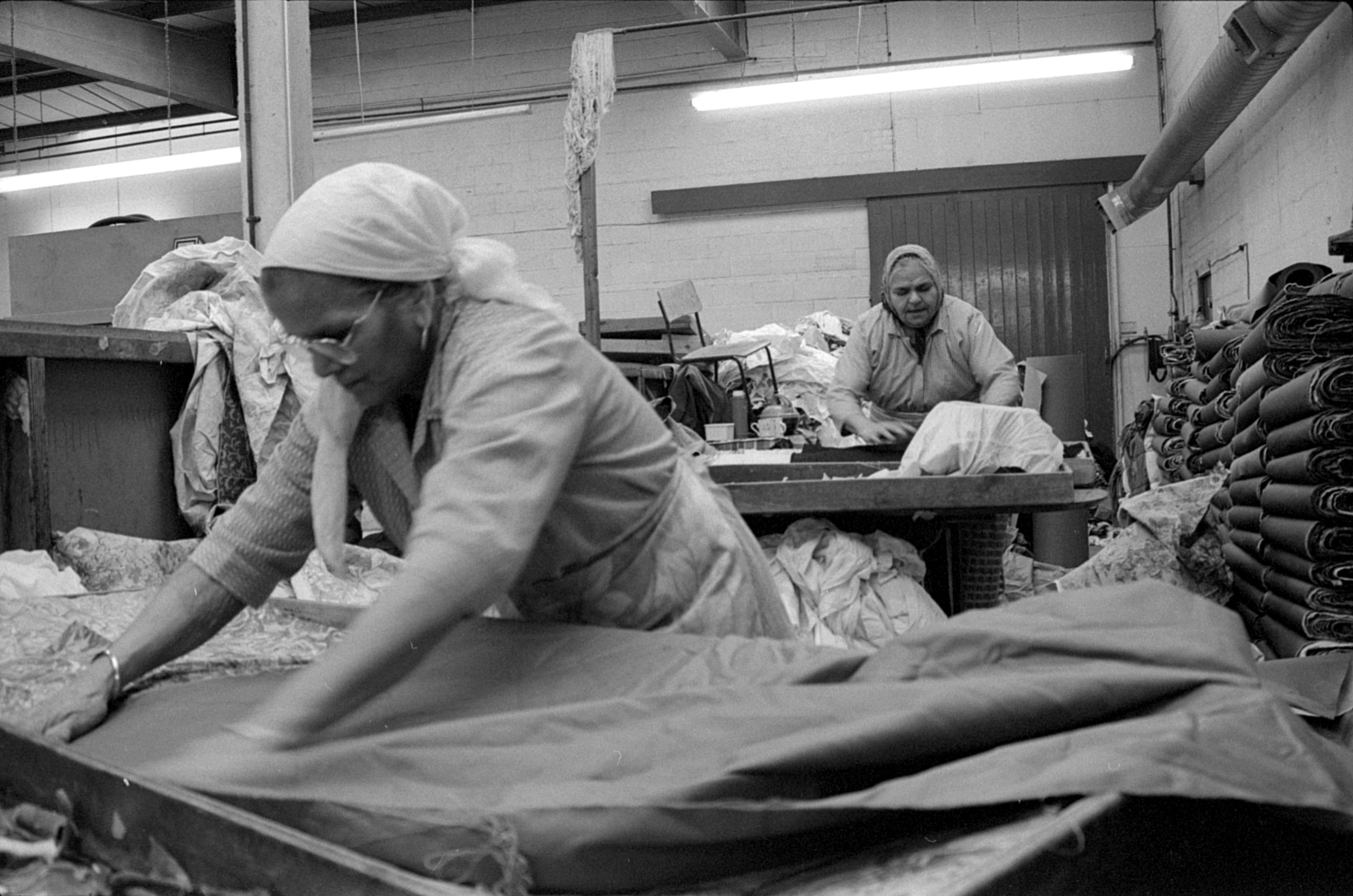

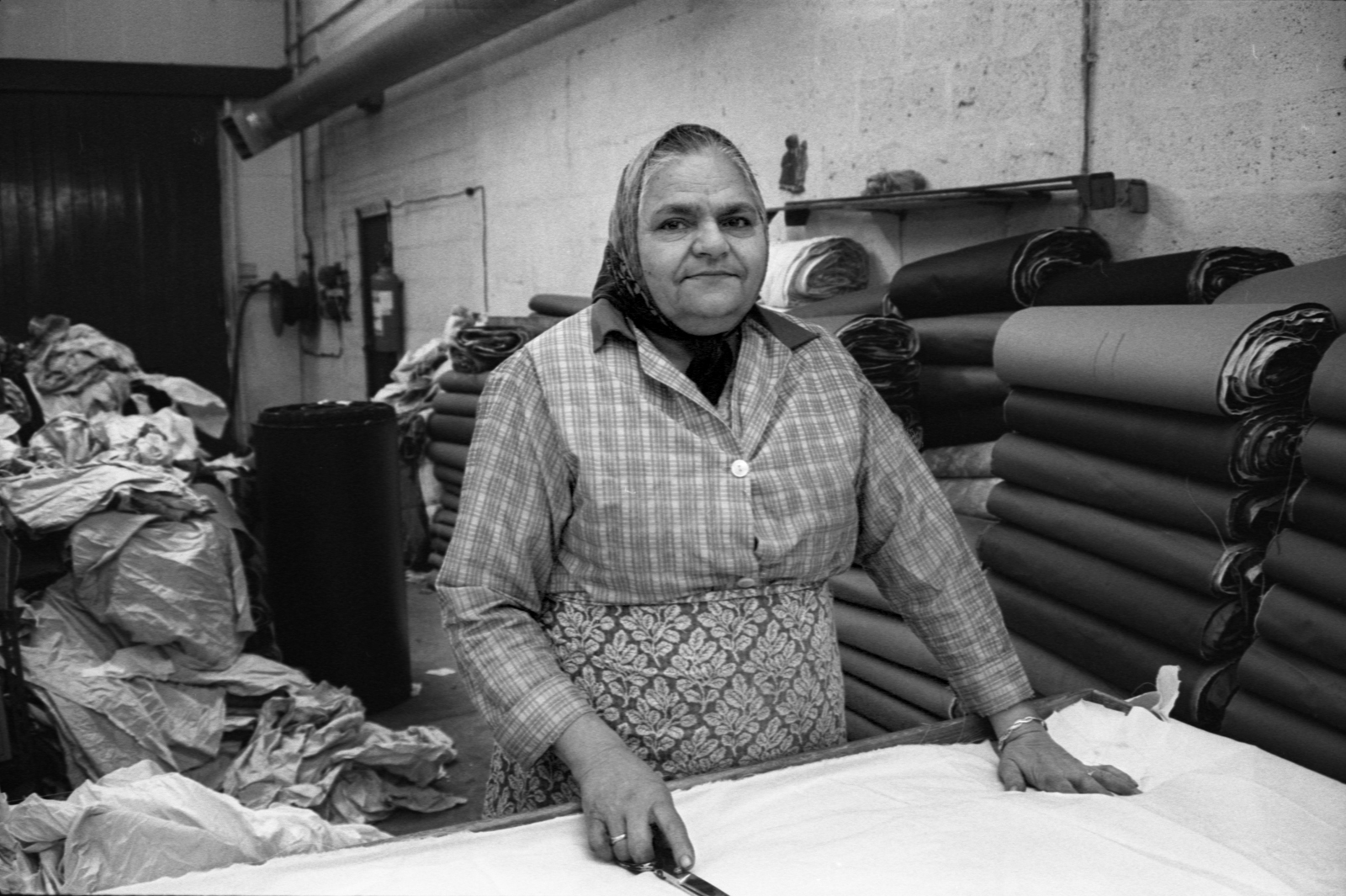
‘Badi Mami’ abbreviated name a for elder auntie were seldom.
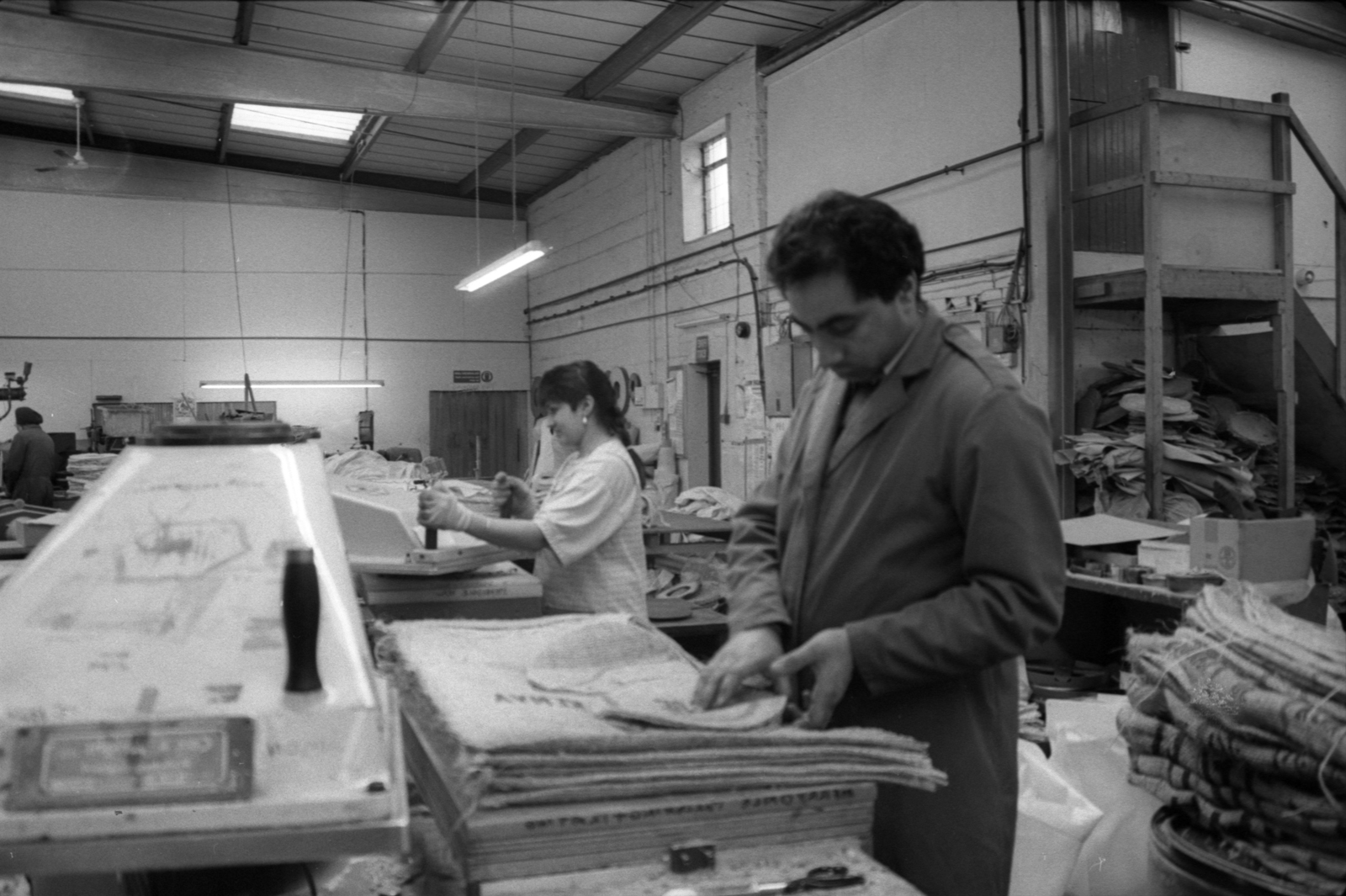
Gurmuk Singh operates smaller machinery to create mopps to use within the factories own polishing and plant machinery.
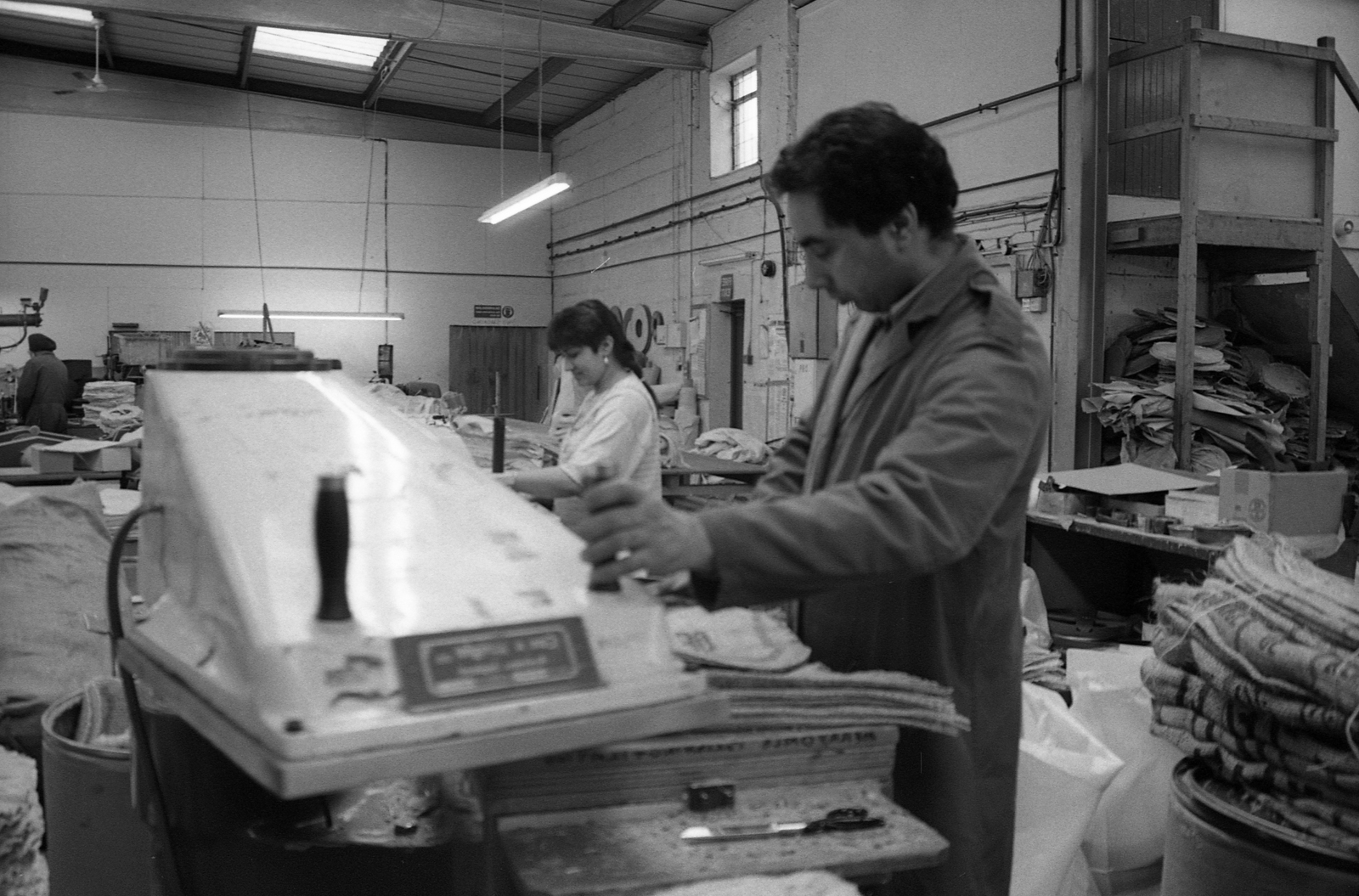
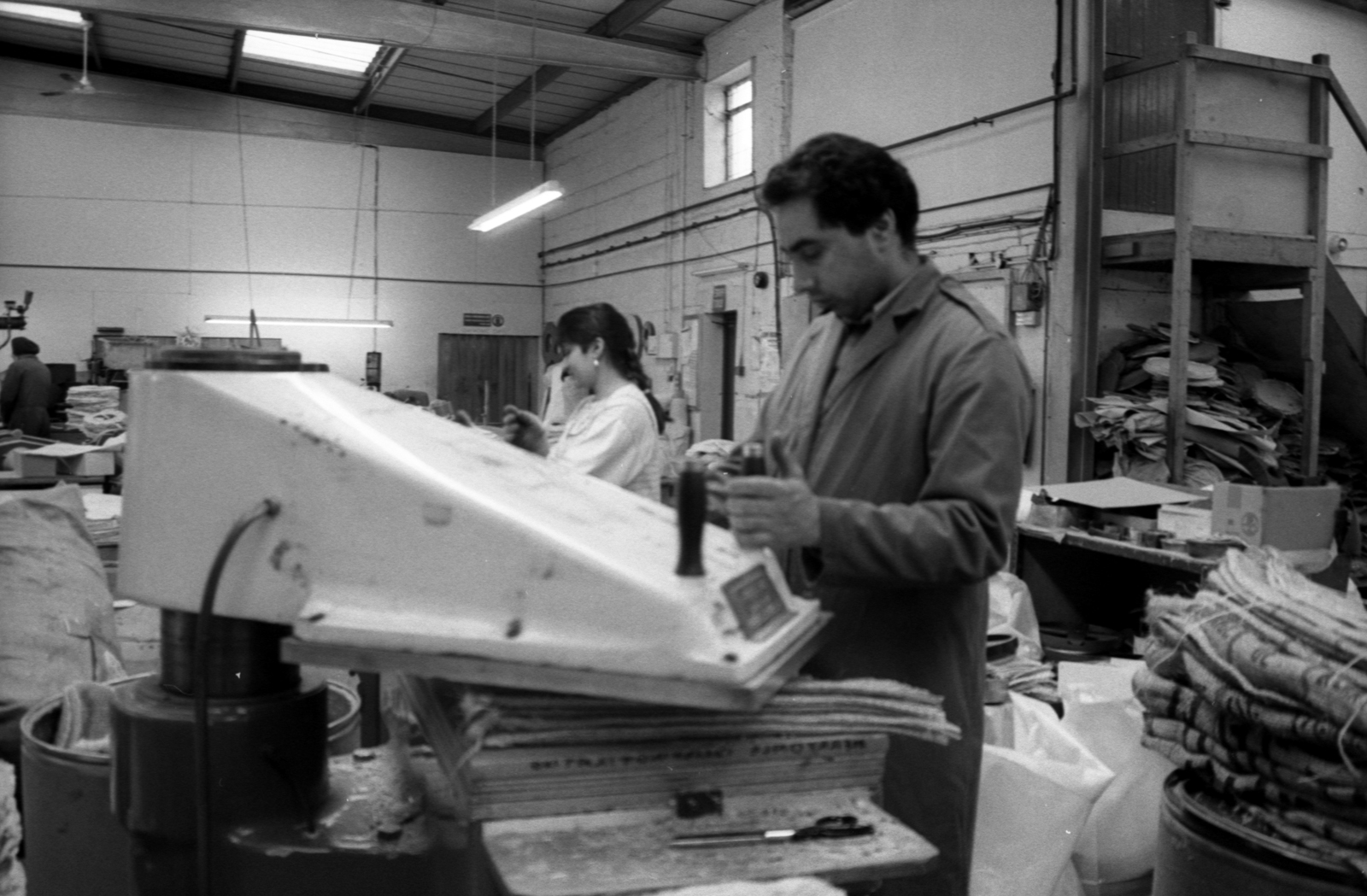
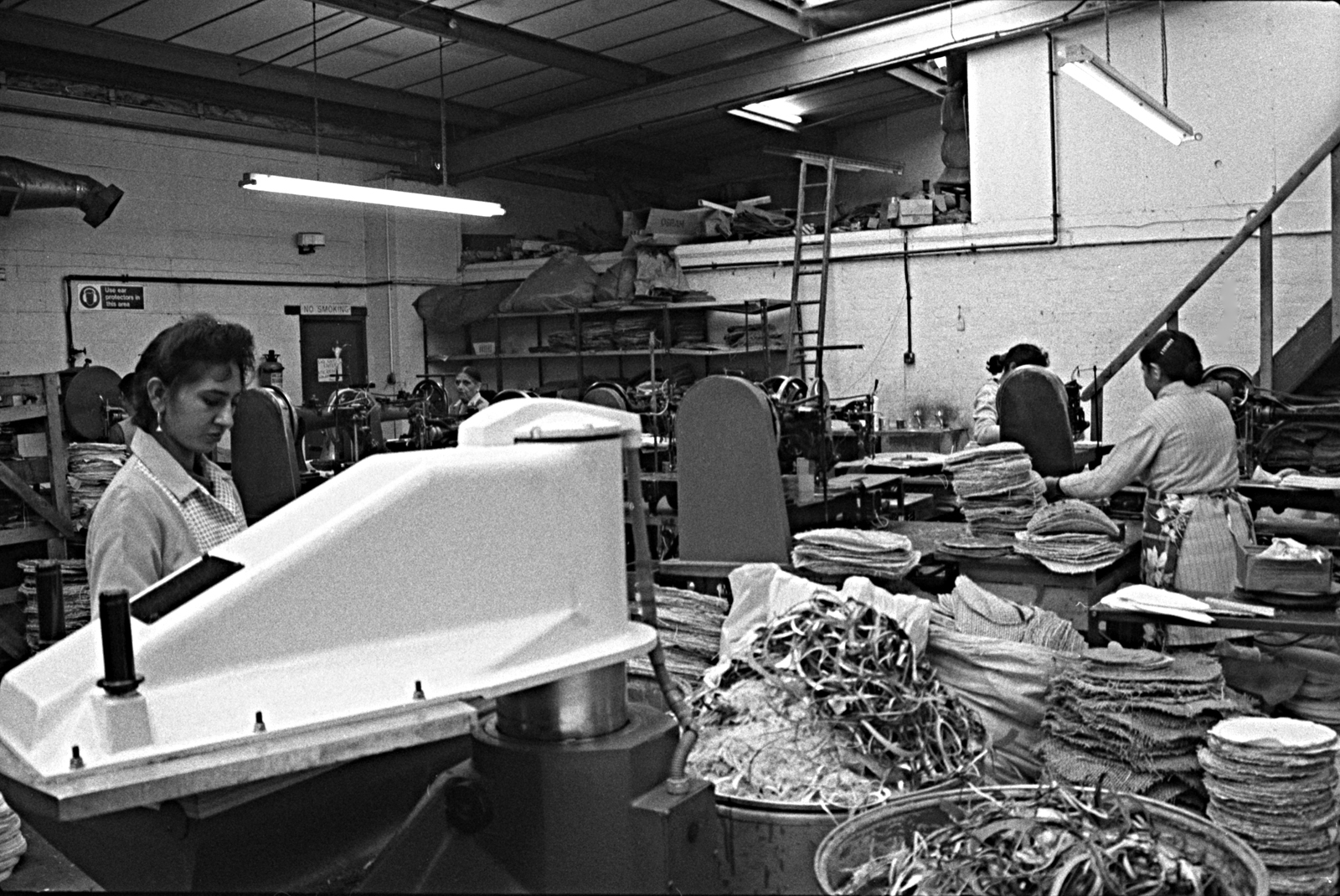
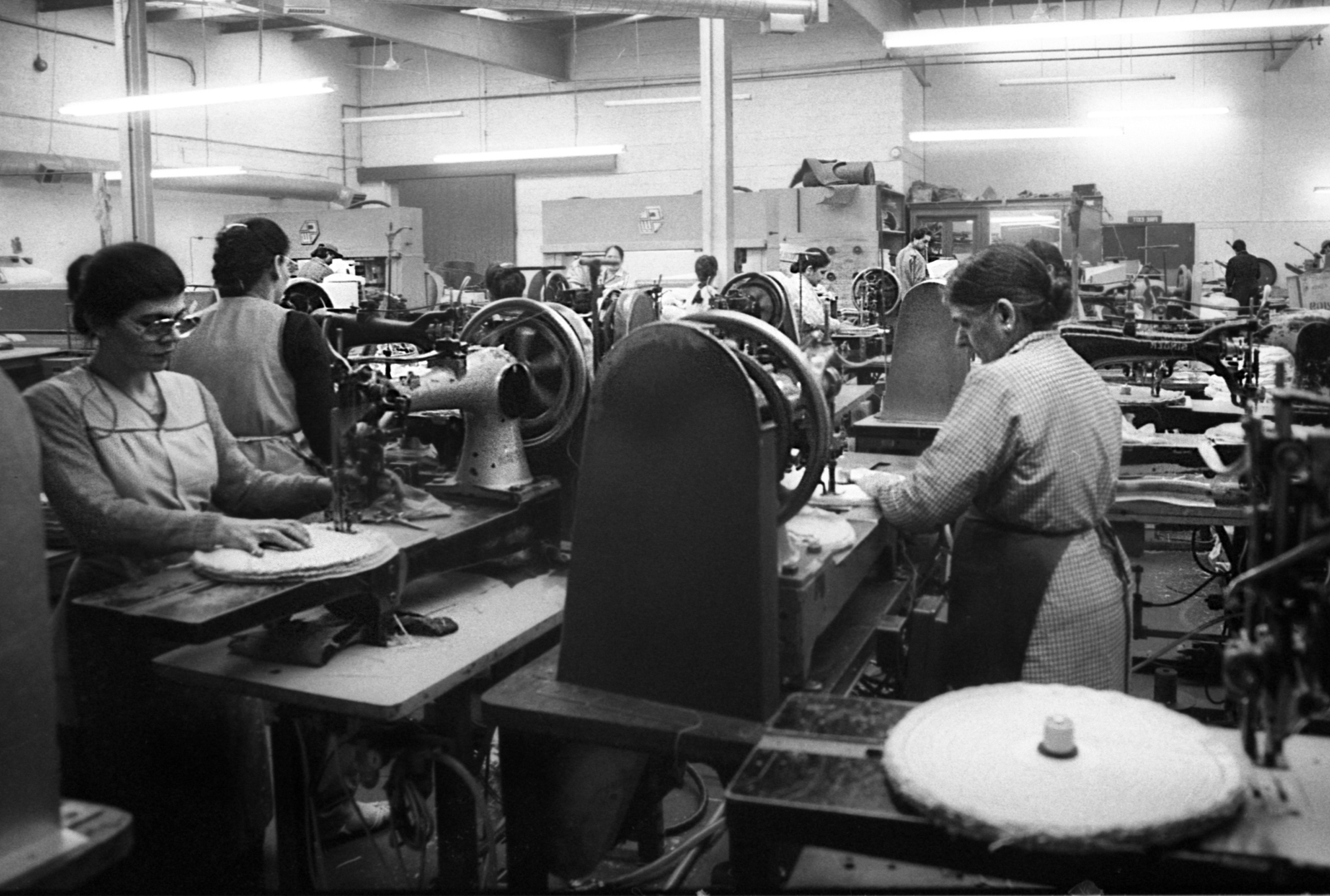
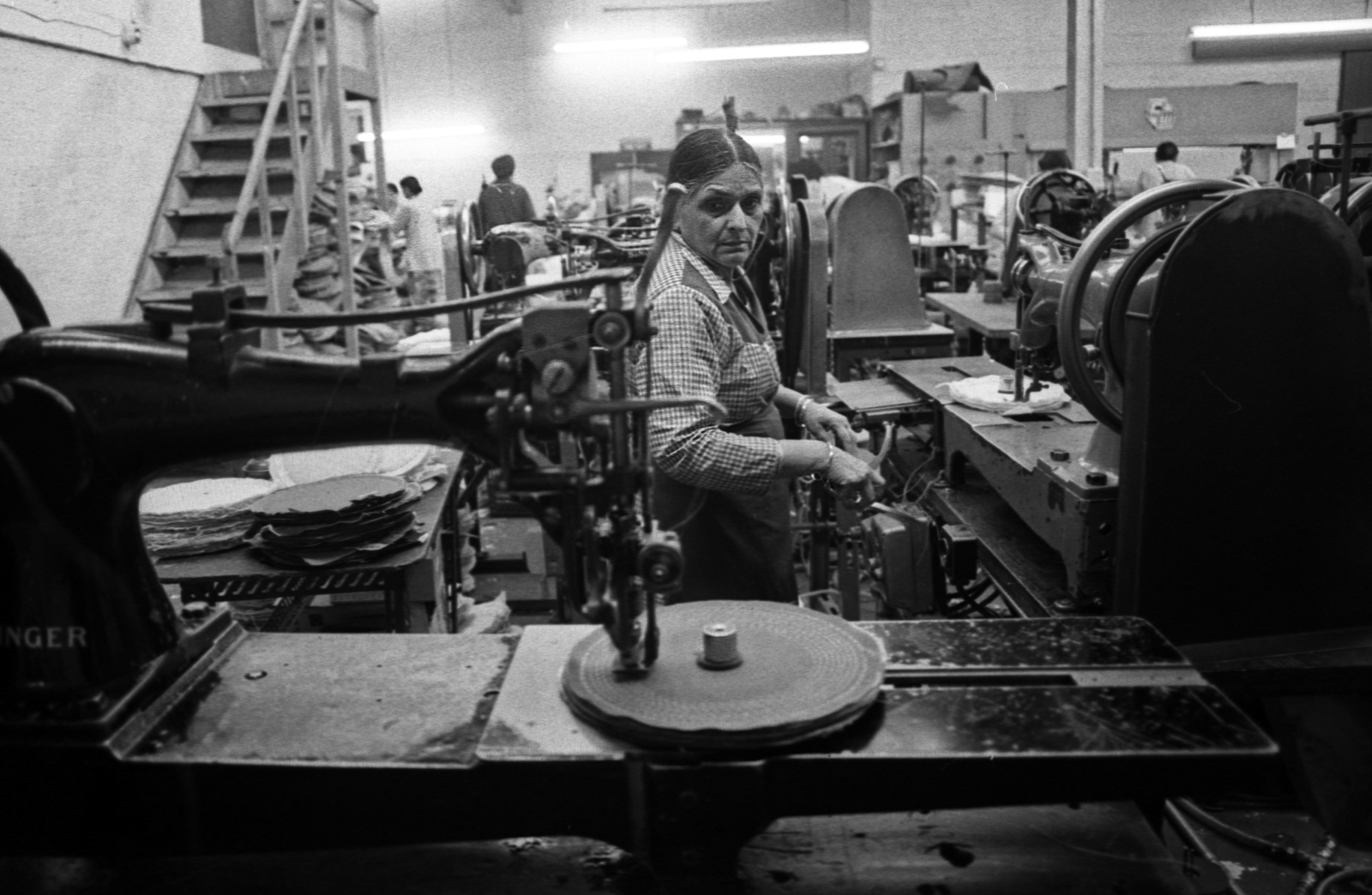
A worker looks on stitching and repeating the cycle for the production on the industrial mopp.
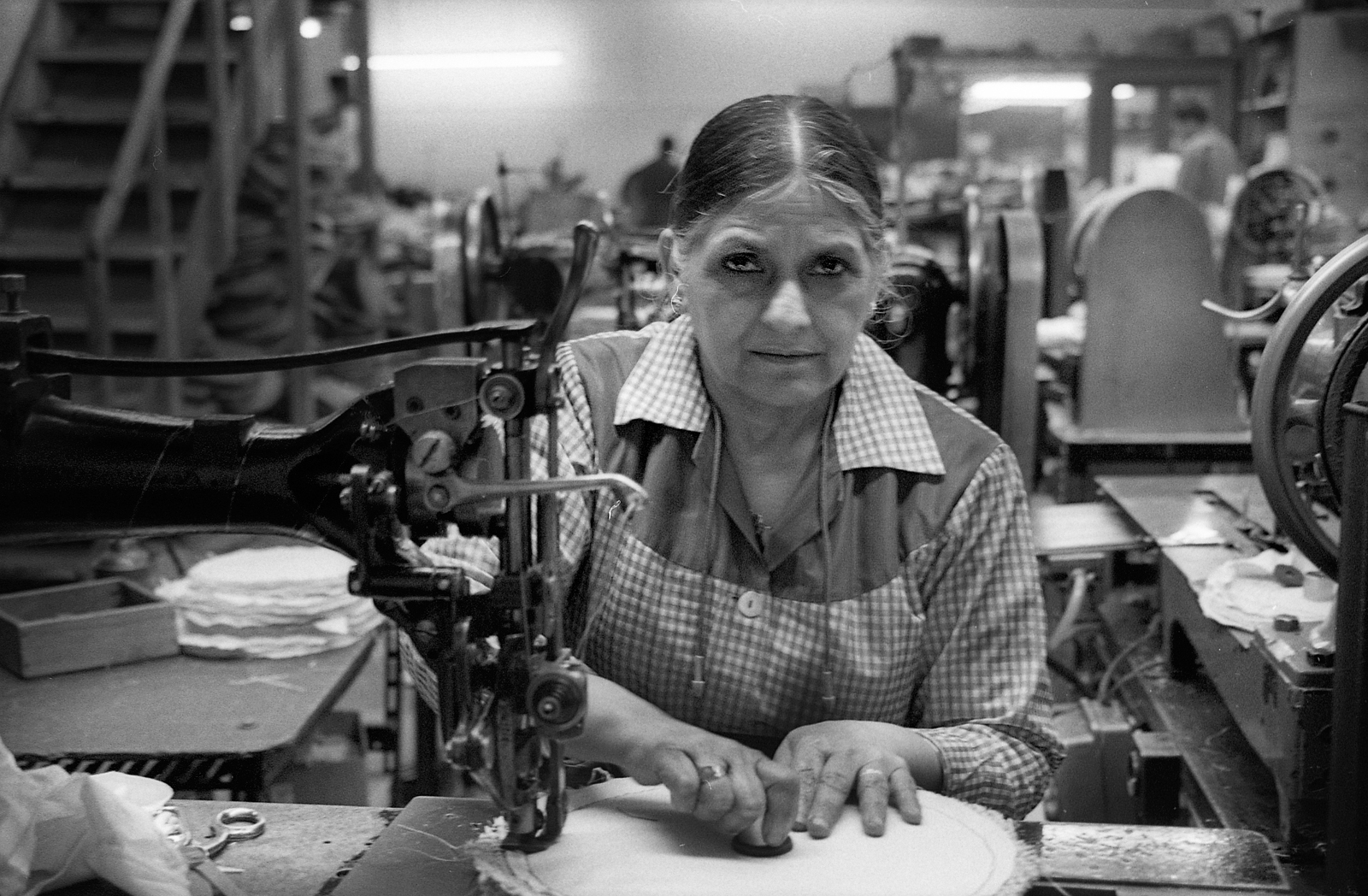
Punjabi migrants like this lady known as Masi ji (Auntie) pictured have worked most their lives at factories like this often without complaining in jobs that they have chosen to work in out of necessity.



































Selected photographs for final edit marked in red
Tarsem Singh that pictured here with machinery that tests industrial mopps for quality control.
Tarsem Colleagues mounting plastic fixings inside small industrial mopps.
Gurnam sowing small industrial mops for plating machinery.
Harbans Kaur known as ‘Banso’ trying to hide from the photographer.
Shetal Kaur aerobically prepares material for cutting as part of manufacture of industrial mopps.
Material is rolled out ironed and checked ready for machine cutting into various sized industrial mopps.
Baljit and Gurnam prepare machinery and cut and prepare industrial mopps to size.
Baljit Kaur operates plant machinery to cut large scale industrial mopps while Manjit Kaur moves around the shop floor from one job to another.
Balwant Kaur operates machinery for cutting various materials for a circular mopp. The mops then are sold on to clients worldwide.
Narinder Kaur operating various machinery to stitch mopps made from various materials.
Tasrem Singh and Narinder discuss job requirement for a mopp stitch.
During the manufacturing heyday many Punjabi migrants from the 1960s-80s all worked in factories like this one across the Black Country.
Shetal Kaur has her portrait taken while stitching and preparing mopps.
Shetal Kaur on an industrial SINGER machine stitching the various layers for industrial mopps.
Working on sewing machines largely worked by asian ladies
Punjabi migrants worked in factories like this all over the Black Country from 1960s onwards.
Savitri Chhabra works on boring and cutting and preparing for the mopps which will eventually fit on a clients polishing machinery .
Savitri Chhabra works on fitting a ratchet that will bore holes into the mopps
Savitri Chhabra fits an 8 mm ratchet for machinery to drill a hole into the mopp.
Gurmuk surrounded by mopps for stitching on various machinery.
Gurmuk prepares finishes touches and also worked as a machine polisher.
Mrs Kaur and colleague cuts from different types of material to specific sizes in order to start production for mopps.
‘Badi Mami’ abbreviated name a for elder auntie were seldom.
Gurmuk Singh operates smaller machinery to create mopps to use within the factories own polishing and plant machinery.
A worker looks on stitching and repeating the cycle for the production on the industrial mopp.
Punjabi migrants like this lady known as Masi ji (Auntie) pictured have worked most their lives at factories like this often without complaining in jobs that they have chosen to work in out of necessity.
